inbox and environment news: Issue 505
August 8 - 14, 2021: Issue 505
CABPRA NOTICE: RESIDENT SURVEY FOR PLATEAU PARK
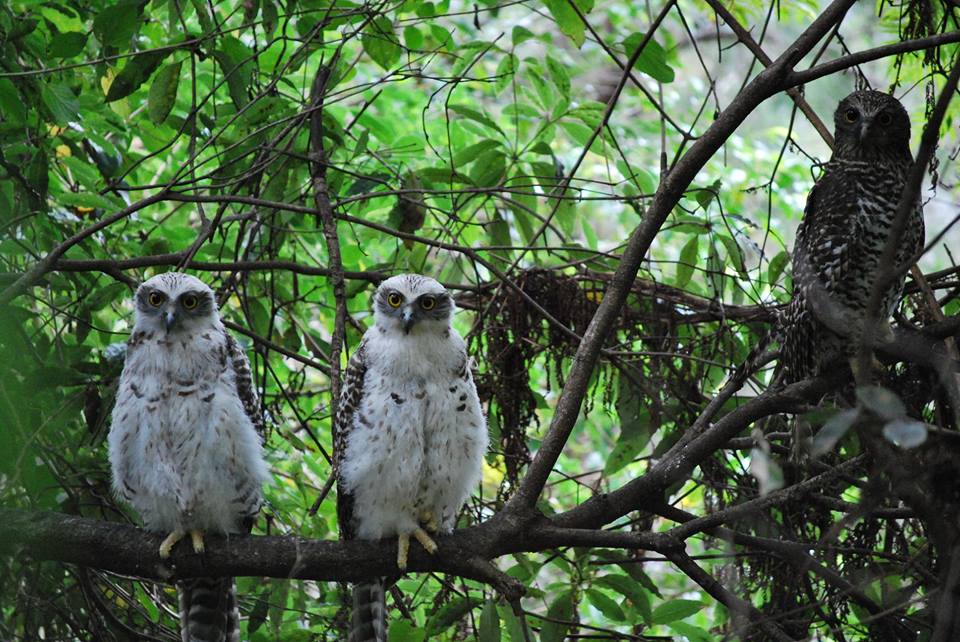
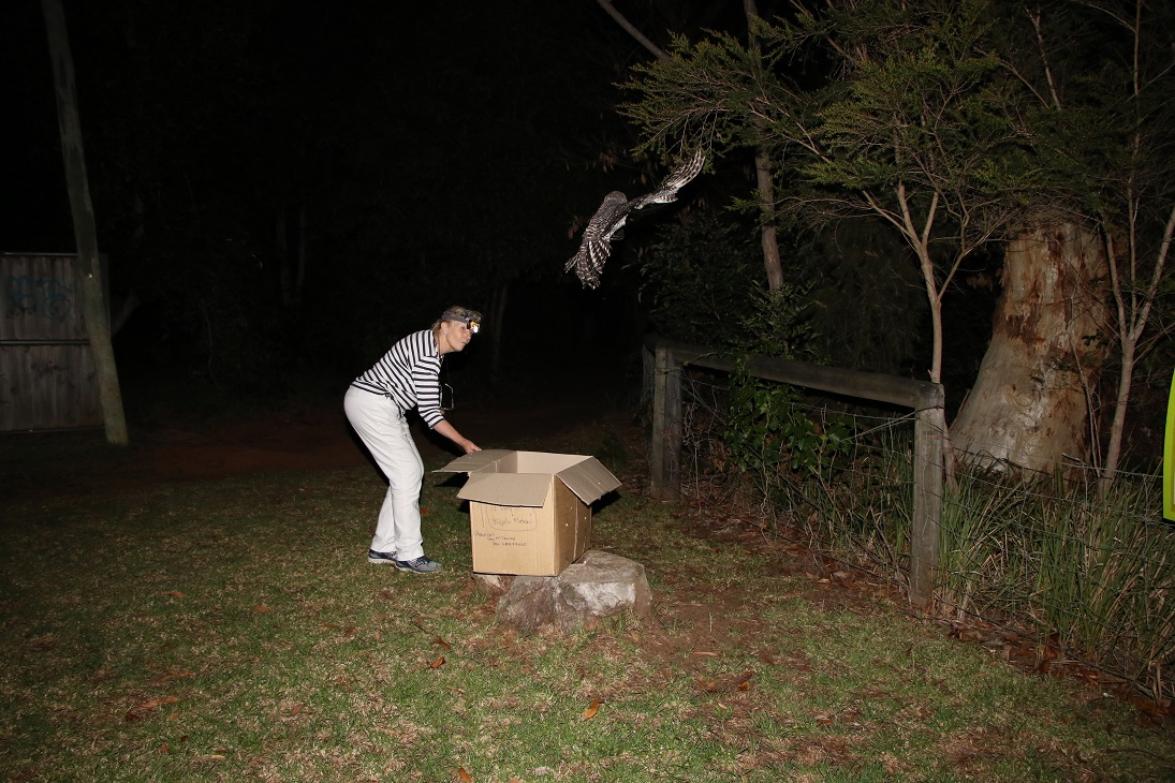
Hazard Reduction Burns For Sydneys National Parks
- Jerusalem Bay track and trail
- Brooklyn Dam trail
- Great North Walk, Cowan to Hawkesbury River
- Beaches between Parsley Bay to Jerusalem Bay
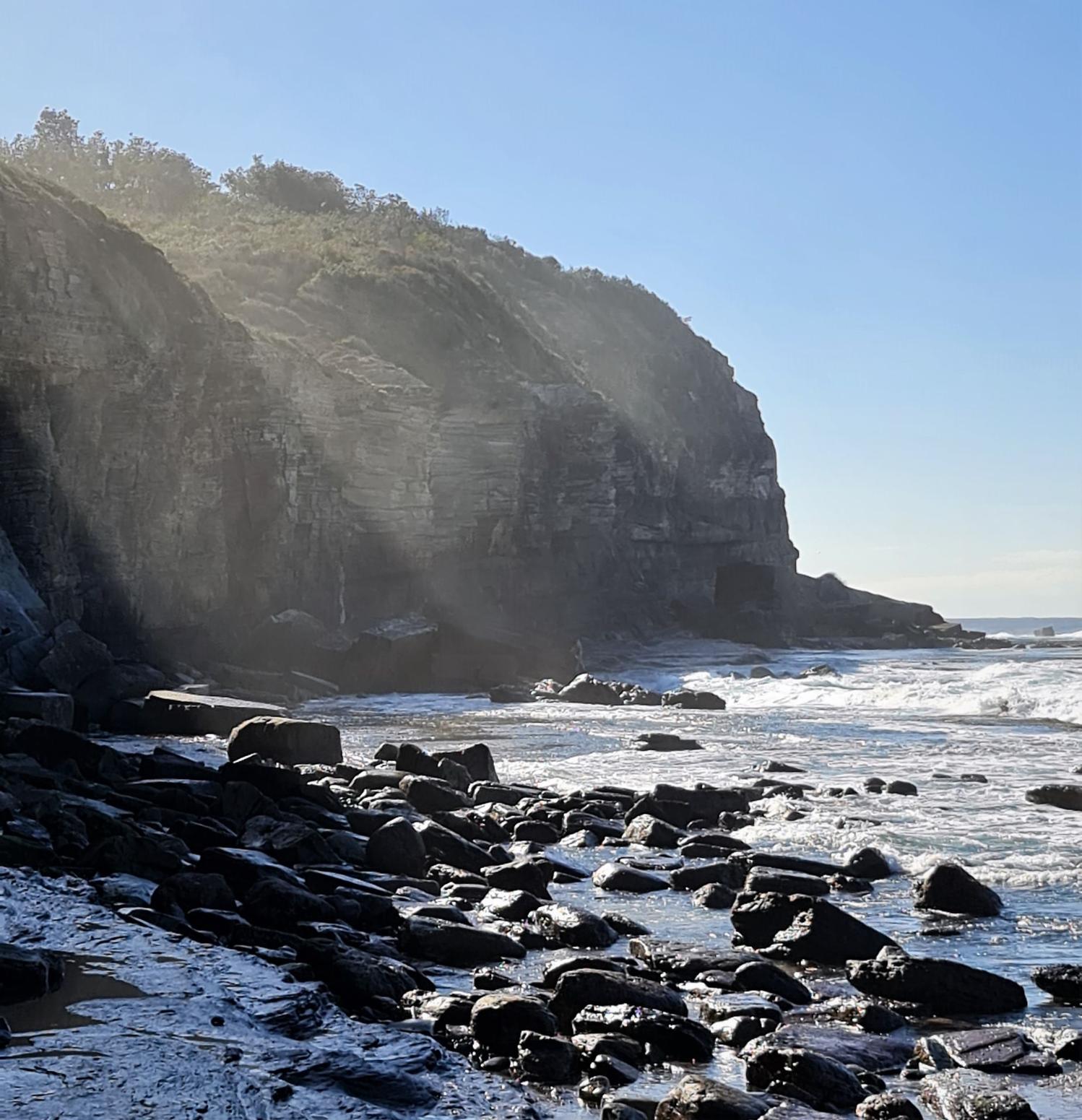
It’s Magpie Swooping Season Once Again
- The most straightforward solution is to avoid locations where you know a magpie is swooping. Swooping only lasts a few weeks, so it is a minor inconvenience that could save you some blood (literally), sweat and tears.
- If you do get swooped, don’t panic and run away screaming (easier said than done, I know!). Instead, walk away quickly and calmly and maintain eye contact with them. They are less likely to swoop you if you are watching them. This also goes for cyclists—dismount and walk rather than continuing to ride
- Protect your eyes! Have a pair of sunglasses on hand any time you are going for a walk and especially in a park (same for kids as well).
- Pop an umbrella up if there is a swooping magpie around. Don’t wave it and antagonise the bird, but simply hold it above your head if a magpie is swooping.
- And of course, there are the old 'googly eyes on the ice cream container' and 'bike helmet with cable ties' tricks. Sometimes they work, sometimes they don’t.
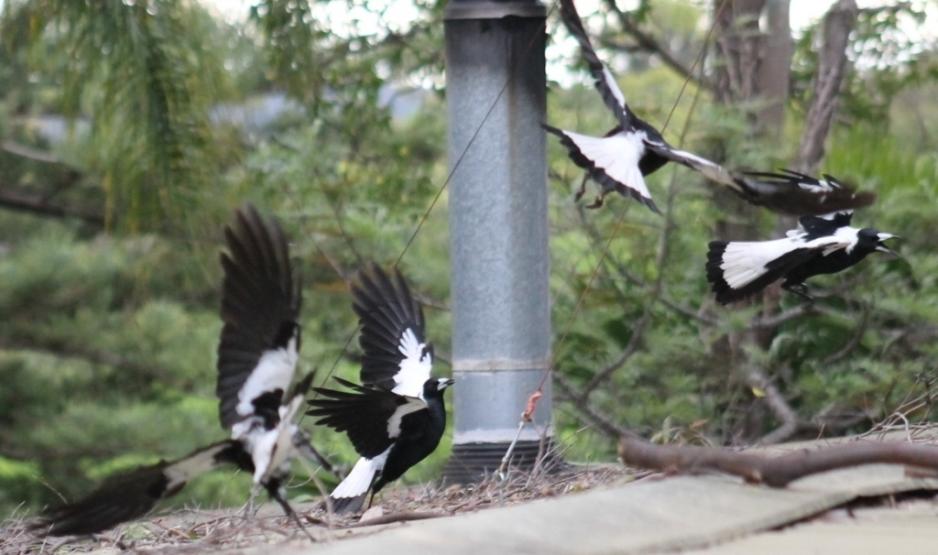
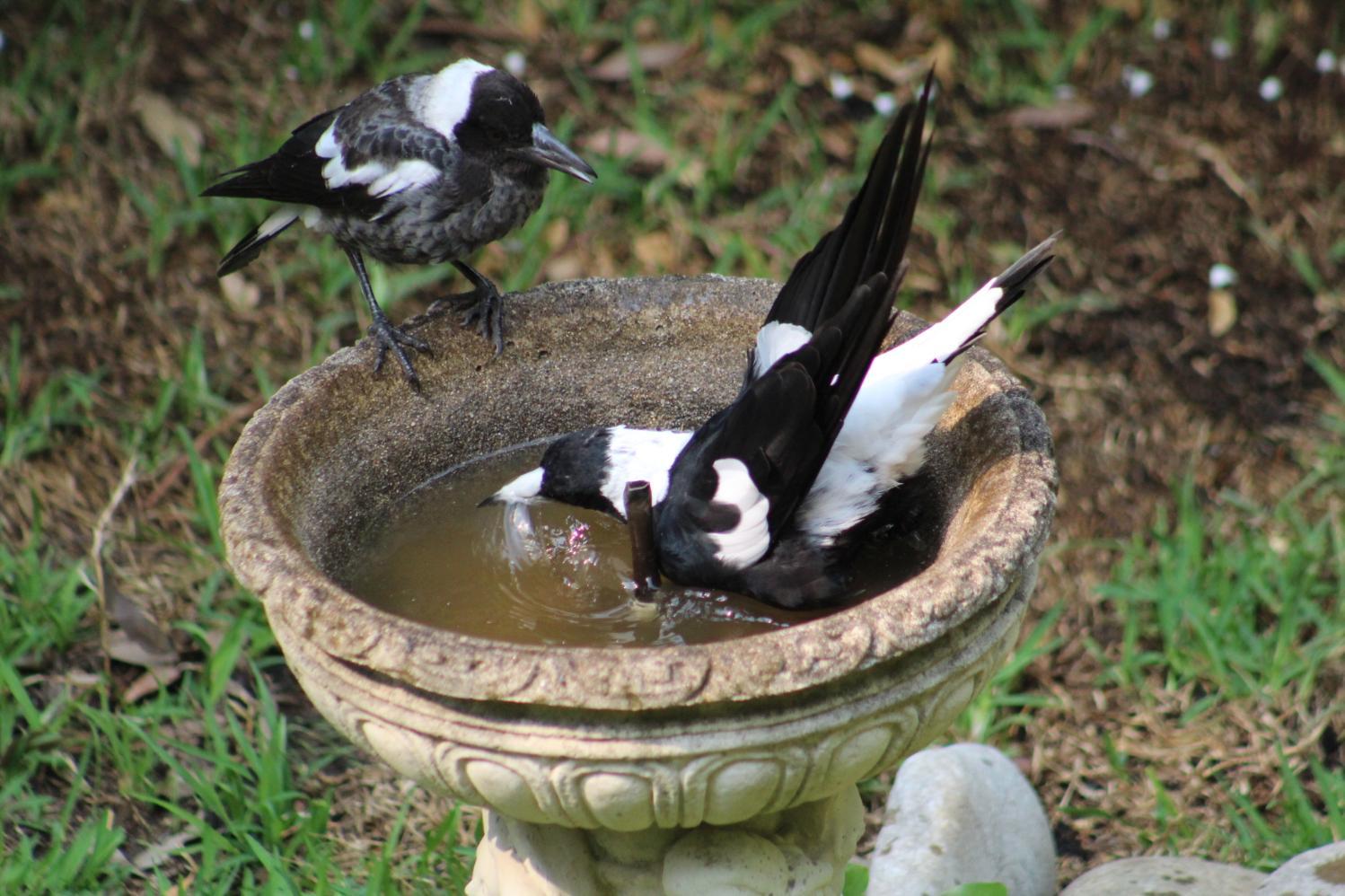
Whale Feeding Off Warriewood - August 3rd, 2021
Friends Of Narrabeen Lagoon Catchment August Newsletter, Forum & 2021 AGM
.jpg?timestamp=1627676810014)
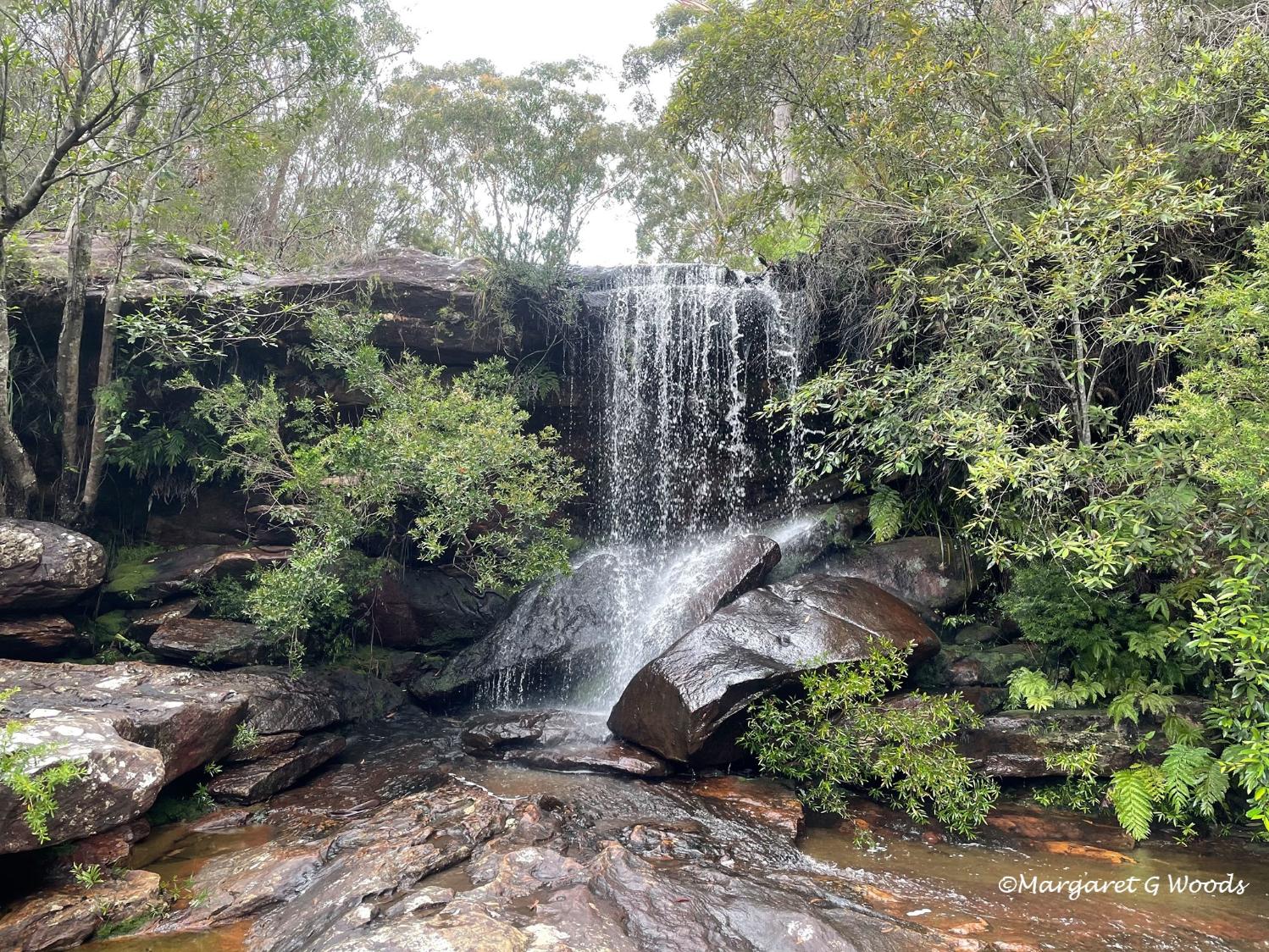
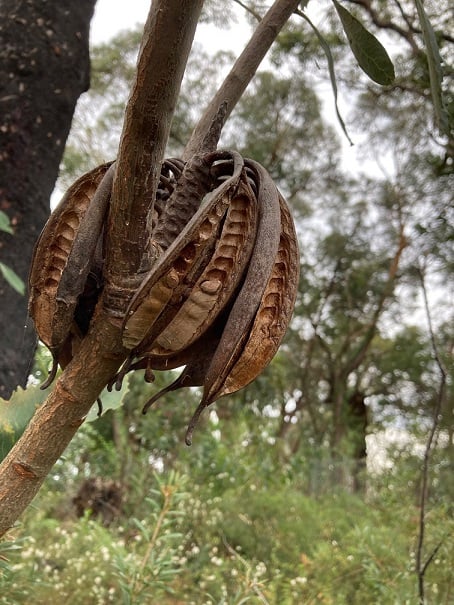 Pittwater Natural Heritage Association (PNHA) Newsletter No: 88
Pittwater Natural Heritage Association (PNHA) Newsletter No: 88
Discussion Paper To Encourage Views On Proposed Planning Controls
- improved controls for development near waterways, foreshores, wetlands and riparian lands;
- more water sensitive urban design and greater tree canopy;
- performance standards for net-zero carbon emission buildings;
- reducing areas for permitted dual occupancy, boarding houses and seniors’ housing to reduce inappropriate development in sensitive locations;
- provisions to restrict large scale retail in small retail centres.
Echidna Breeding Season Commences
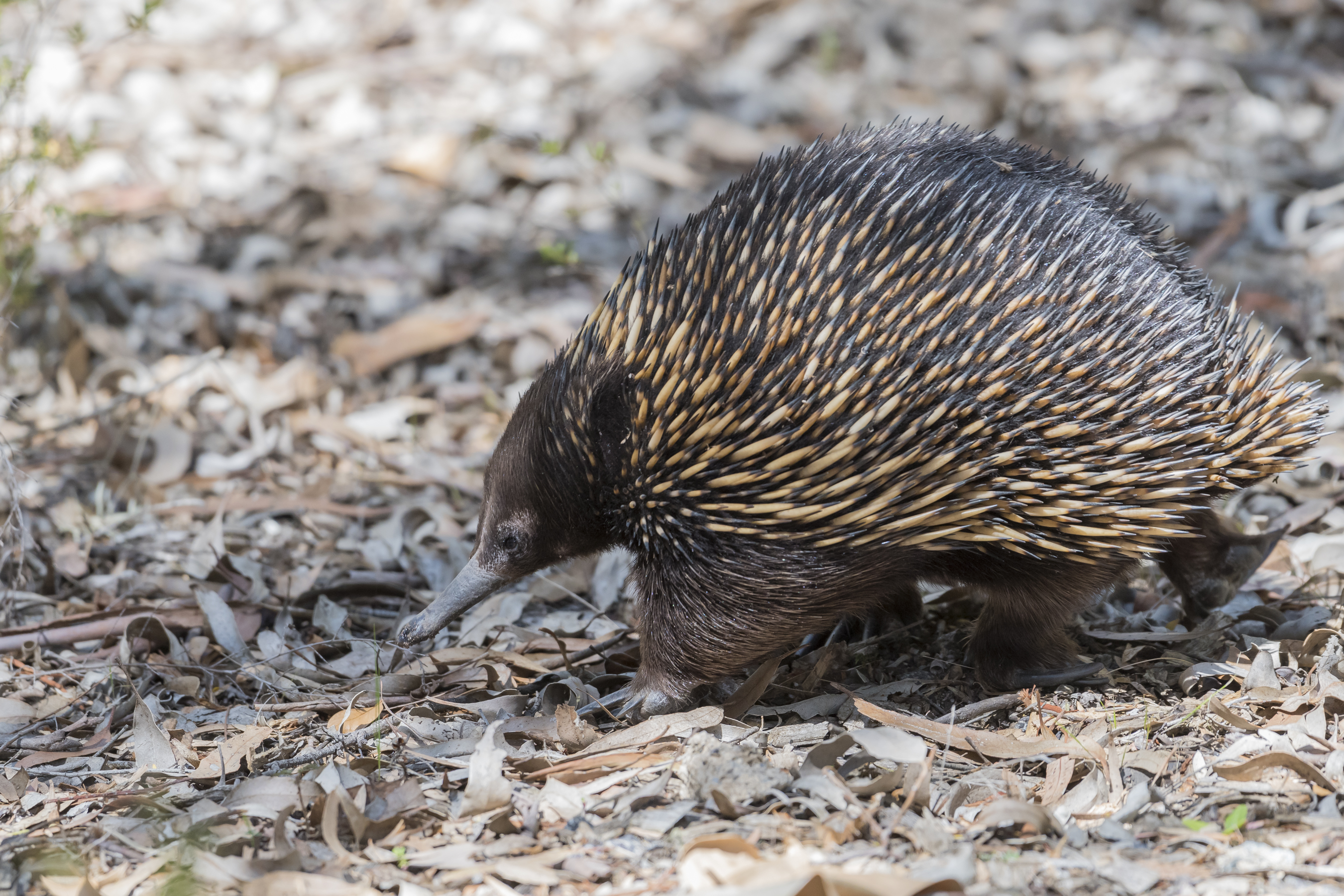
Reinstate The Marine Reserve From Rock Pool “Kiddies Corner” South Palm Beach: Petition
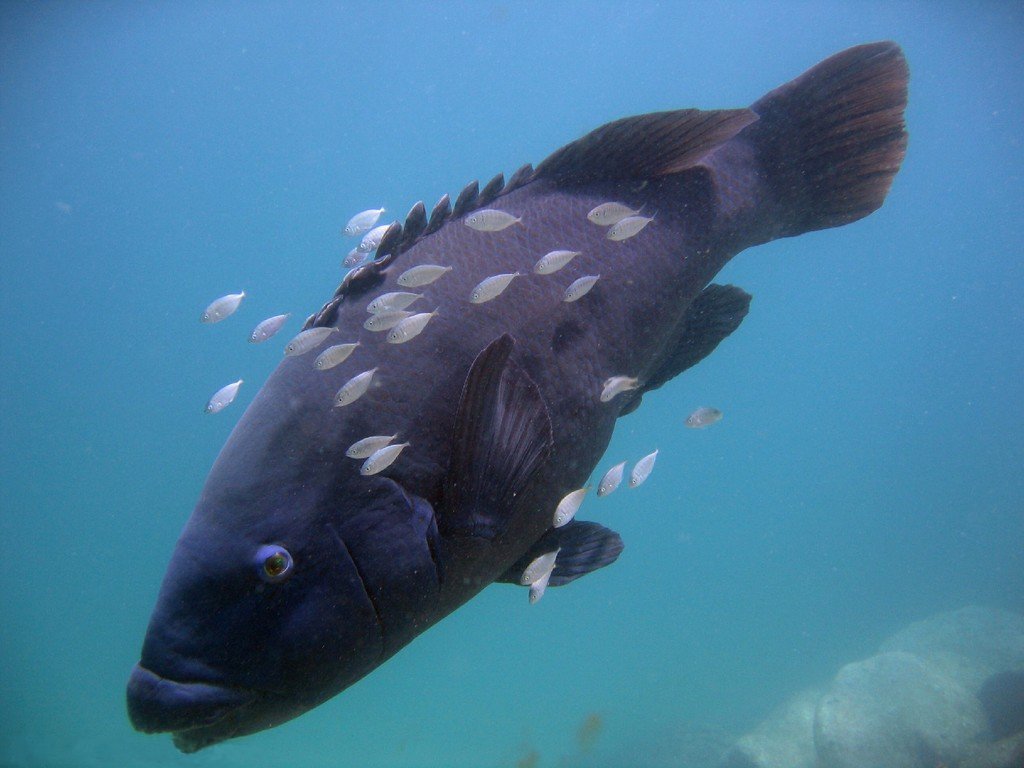
Scientists Target 'Ross River' Mosquito
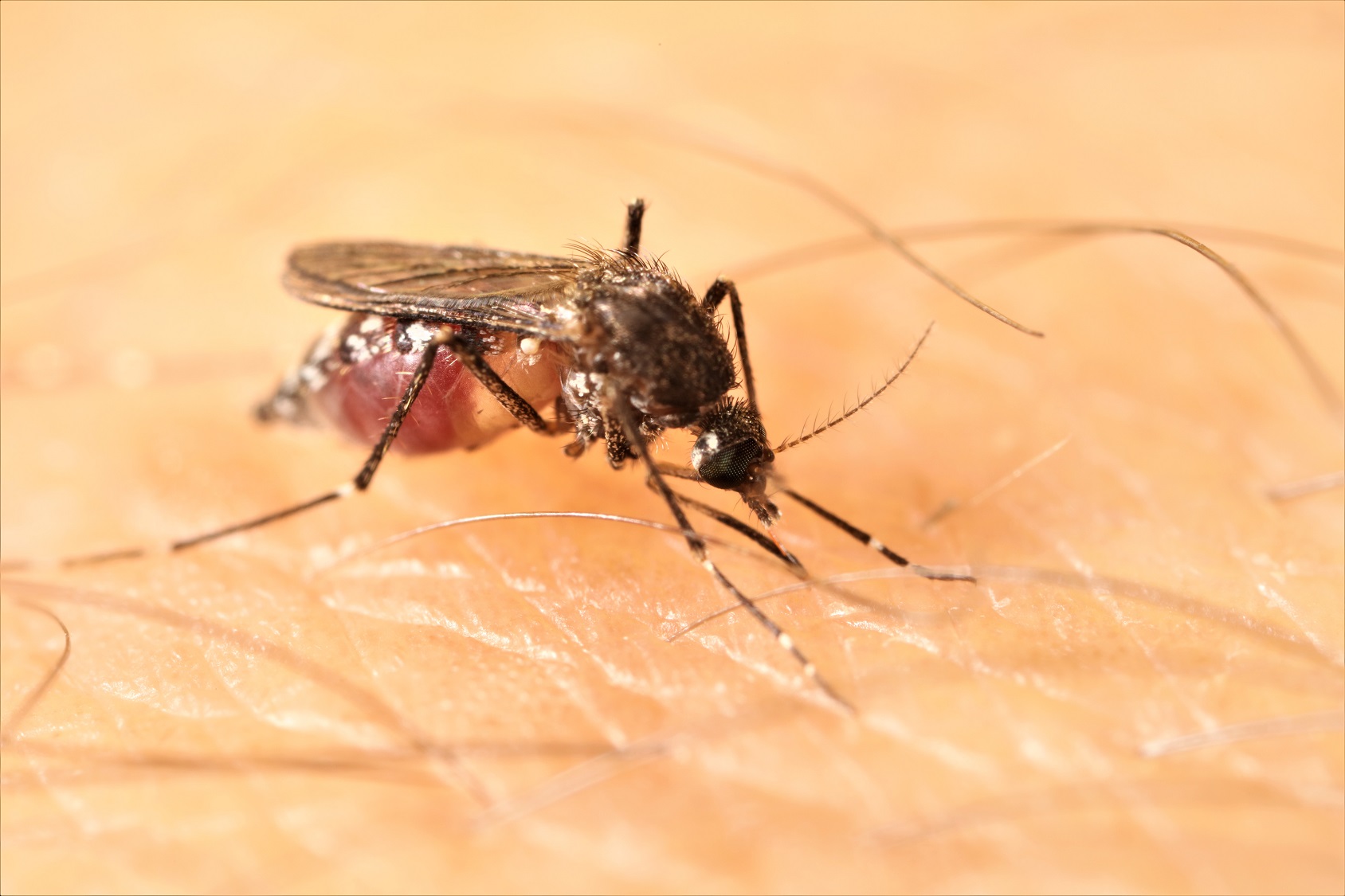

NSW Sustainability Awards Now Open For Entry
- NSW Net Zero Action Award
- NSW Biodiversity Award
- NSW Circular Transition Award
- NSW Clean Technology Award
- NSW Large Business Transformation Award
- NSW Small to Medium Business Award
- NSW Youth as our Changemakers Award
- Minister's Young Climate Champion Award
- NSW Clean Technology Award: Recognises outstanding initiatives by an organisation or organisations in collaboration that show- case efficient resources through renewable energy, low emissions technology, and appreciable pollution reduction (beyond compliance) of Australia's water, air, and land.
- NSW Biodiversity Award: Recognises outstanding initiatives by an organisation or organisations in collaboration that protect our habitat, flora and/or fauna to ensure Australia's ecosystems are secured and flourish for future generations.
- NSW Circular Transition Award: Recognises outstanding achievements in innovative design in waste and pollution systems and products, through to regenerating strategies. The award will go to a company that has adopted a technology, initiative or project that is helping the business move from a linear to a circular model.
- NSW Large Business Transformation Award: Recognises outstanding achievements that demonstrate business and values alignment with multiple UN Sustainable Development Goals and by integrating sustainability principles and practices across business activities.
- NSW Youth as our Changemakers Award: Recognises young innovators aged between 18-35 years, who bring fresh perspectives, bold ideas and compelling initiatives that align with any or the multiple UN SDG's.
- NSW Net Zero Action Award: Recognises organisations, (company, business association, NGOs) that can demonstrate a tangible program or initiative that evidences transition toward a 1.5-Degree goal, through a publicly communicated net zero commitment, plus data, disclosures and investments to support it.
- NSW Small to Medium Business Award: Recognises outstanding achievements that demonstrate business and values alignment with multiple UN Sustainable Development Goals and by integrating sustainability principles and practices across business activities.
- Minister's Young Climate Champion Award: The Minister's Young Climate Champion Award recognises young innovators aged under 18 years who bring bold ideas for a safe and thriving climate future that align with any of the UN SDGs. Young and passionate minds who have taken outstanding actions that benefit the sustainability of their communities and help address climate change will be showcased in this award, which is a celebration of young people with drive, commitment and a passion for sustainability and the environment.
Work Begins To Reconnect River Country In The Southern Murray-Darling Basin
- Hume to Yarrawonga (Murray River)
- Yarrawonga to Wakool (Murray River)
- Murrumbidgee River
EPA Fines Coal Company $30K For Alleged Water Pollution Offences
Australia Must Slash Climate Pollution This Decade
Australian Conservation Foundation
Australasian Epidemiological Association
Australian Parents for Climate Action
Climate Council
Bushfire Survivors for Climate Action
Veterinarians for Climate Action
Greenpeace Australia Pacific
Lighter Footprints
Environment Centre NT
GetUp!
Queensland Conservation Council
Friends of the Earth Australia
The Sunrise Project
Climate and Health Alliance
Outdoors People for Climate
Climate Action Burwood/Canada Bay
The Wilderness Society
Climate for Change
Citizens' Climate Lobby Australia
Medical Association for Prevention of War (Australia)
Australian Marine Conservation Society
The Australia Institute
Conservation Council ACT Region
Australian Rainforest Conservation Society
Climate Justice Union
350 Australia
Conservation Council SA
Fossil Free SA
Edmund Rice Centre
Galilee Blockade
Green Music Australia
Doctors for the Environment Australia
Sustainable Energy Now
Women's Health Goulburn North East
Nature Conservation Council
Australian Federation of Medical Women
Estuary Care Foundation
Australian Association of Social Workers
NSW Nurses and Midwives' Association
Comms Declare
Wodonga Albury Towards Climate Health
Gippsland Climate Change Network
Australian Primary Health Care Nurses Association
ACF Community Adelaide
Yarra Climate Action Now
Common Grace
Australian Lesbian Medical Association
Sustainable Living Armidale
Australian Religious Response to Climate Change
Australian College of Nursing
South Hobart Sustainable Community
Climate Action Network Australia
NSW Forest Logging Agreement Faces Legal Challenge Over Climate, Biodiversity
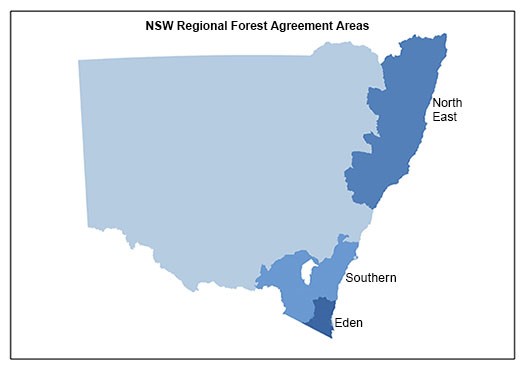
ARENA News: Government Gets On With The Job Of Supporting The Next Generation Of Low Emissions Technologies
- $67.9 million to support for heavy vehicle fuel efficiency and industrial energy efficiency
- $71.9 million to support hydrogen and electric vehicle infrastructure as part of the Government’s Future Fuels Fund
- $52.6 million to support microgrids for regional Australia
Australian Marine And Coastal Leaders Call For National Strategy To Protect Oceans
- Empower Indigenous leadership
- Build resilient communities
- Decarbonise the blue economy
- Collaborative governance
Shell CSG 1.1 Million Litres Spill Fine Labelled A Joke
Whitehaven Winchester South Coal Mine Would Wreck Water, Kill Koalas, Contribute To Climate Crisis State Critics
- 15.6 million tonnes CO2e scope 1 and 2 emissions, that will contribute to Australia’s local GHG budget.
- 513 million tonnes CO2e scope 3 emissions
- Up to 352 million litres of water drained from local groundwater each year.
- 4 pit voids that will drain groundwater in perpetuity - best practice mining is to back fill voids to avoid long term impacts on the surrounding area.
- Gas from Arrow Energy’s Bowen Gas Project would be used at the mine site, further increasing emissions.
- 90% of the workforce will be non-resident
BirdLife Australia News: August 2021
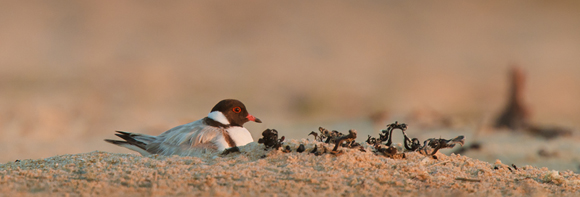

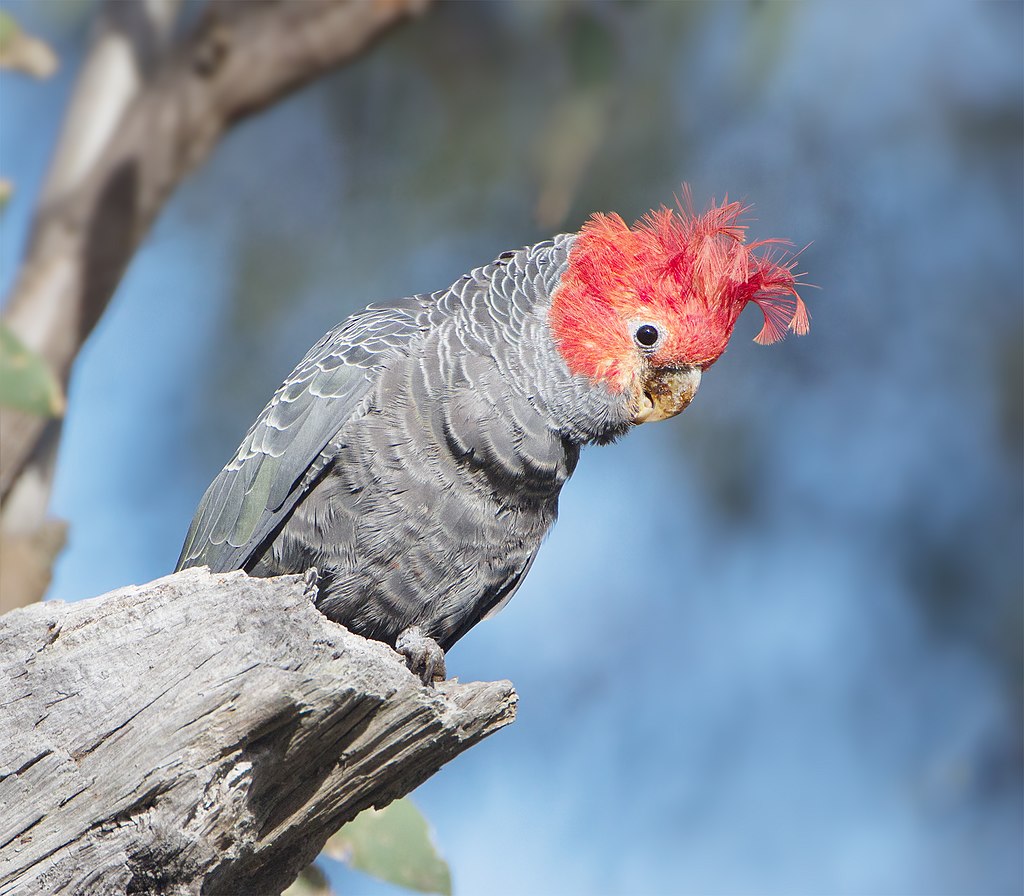
- Spectacled Monarch (Symposiachrus trivirgatus)
- Rose Robin (Petroica rosea)
- Bell Miner (Manorina melanophrys)
- Rufous Fantail (Rhipidura rufifrons)
- Satin Flycatcher (Myiagra cyanoleuca)
- Powerful Owl (Ninox strenua)
- Wonga Pigeon (Leucosarcia melanoleuca)
- Spotted Quail-thrush (Cinclosoma punctatum)
- White-throated Nightjar (Eurostopodus mystacalis)
- Australian Logrunner (Orthonyx temminckii)
- Paradise Riflebird (Lophorina paradisea)
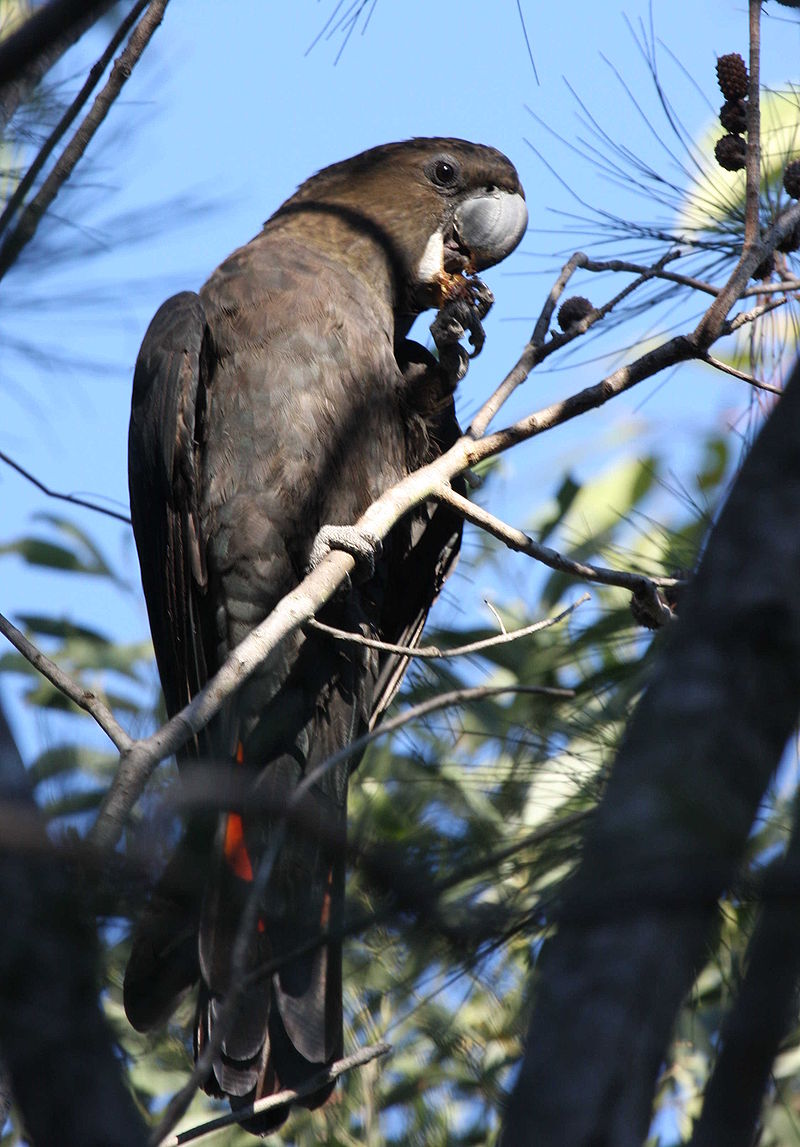
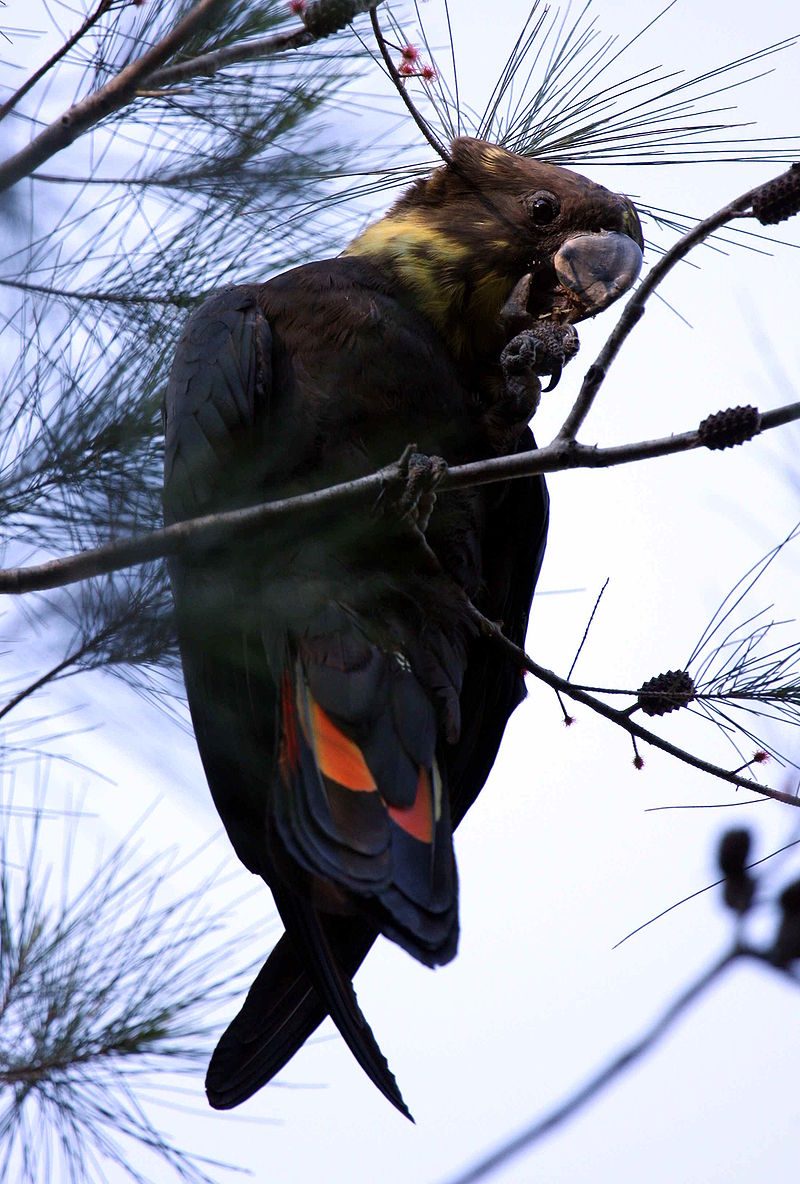
Four Natural And Three Cultural Sites Added To UNESCO’s World Heritage List
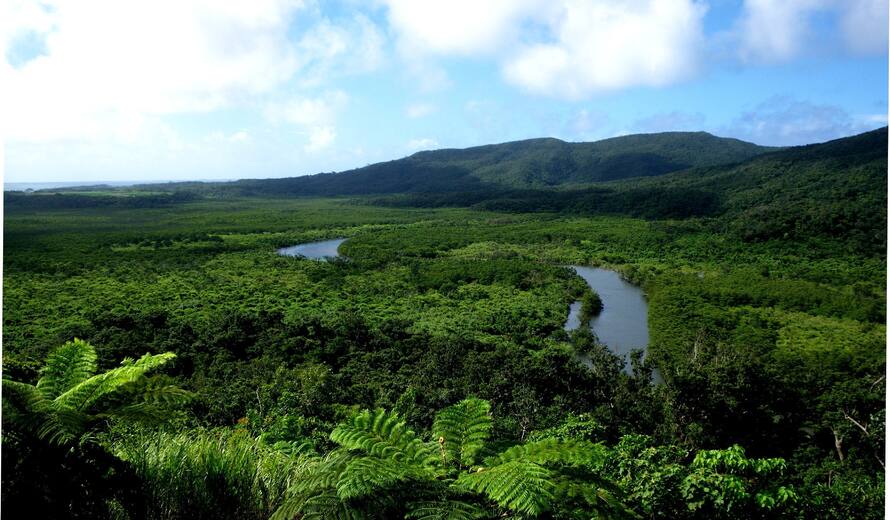
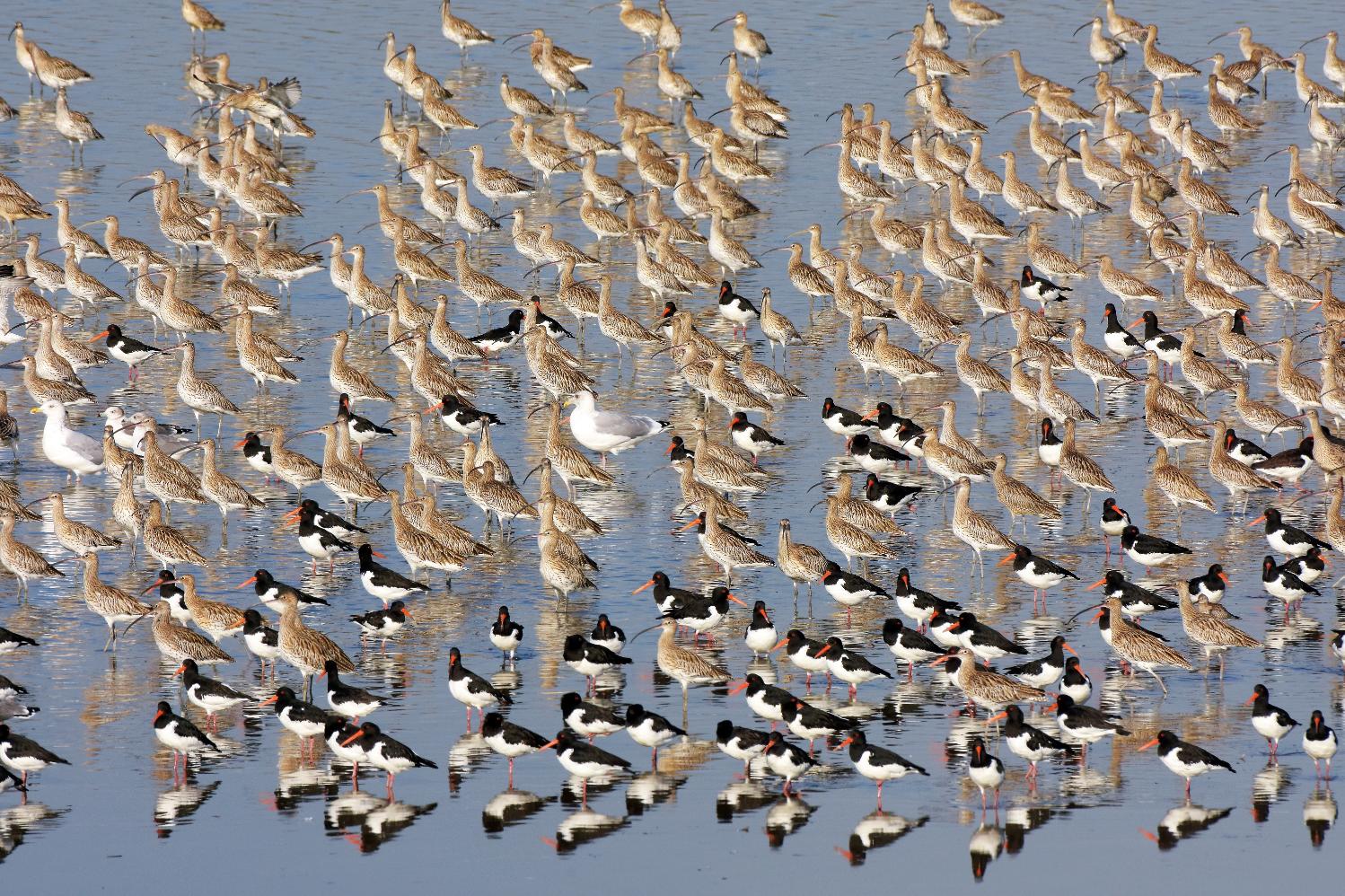
Plastic Creates 'Evolutionary Trap' For Young Sea Turtles
New Method To Detect Impact Of Sea Level Rise
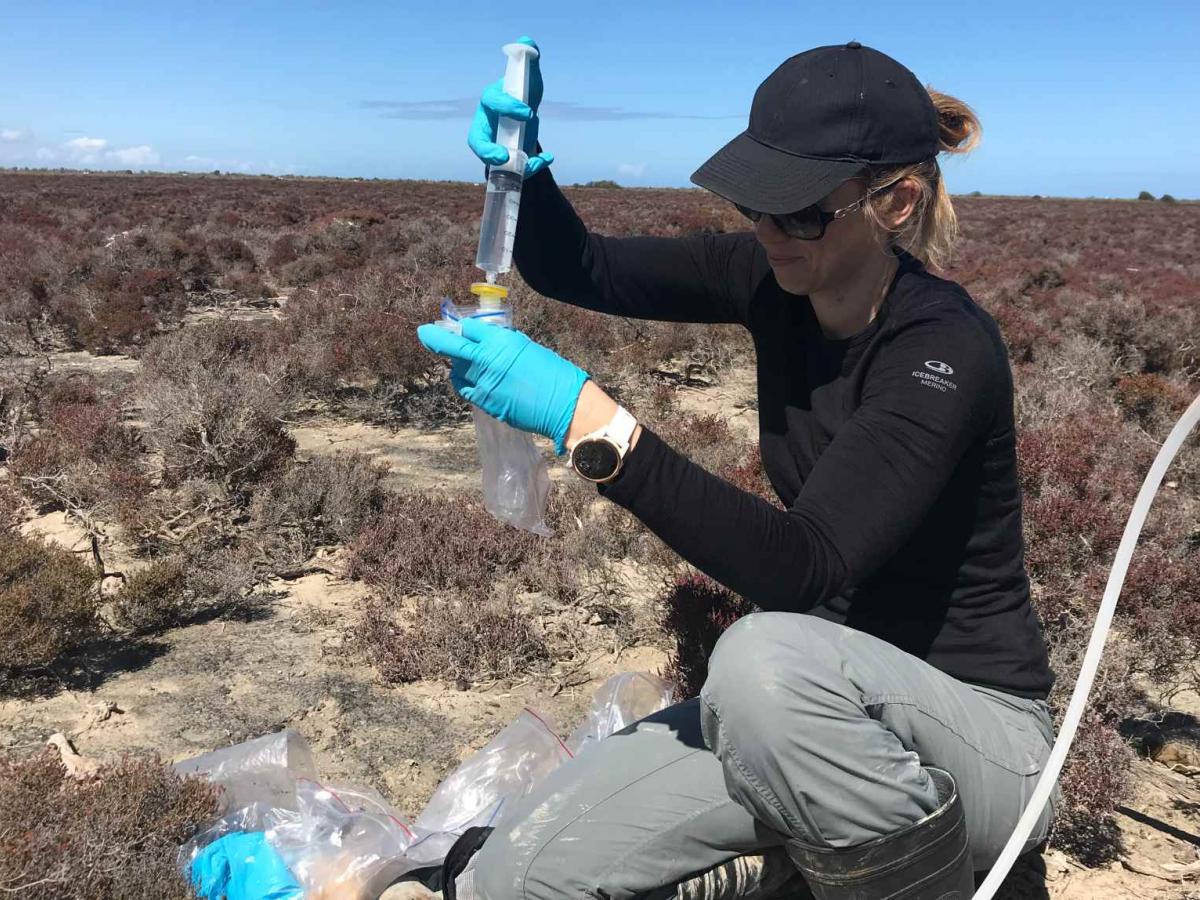
Dodgy tree loppers are scamming elderly homeowners and hacking up healthy trees. Here’s what you need to know
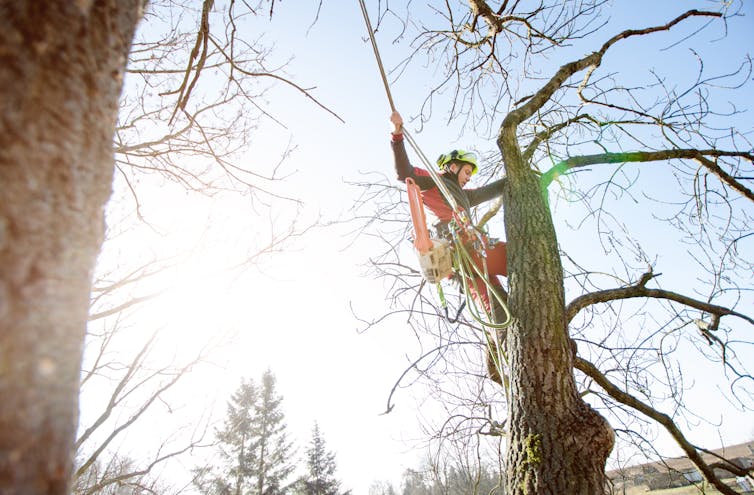
Have you had a knock on the door or perhaps a card in your letterbox telling you the trees in your garden are dangerous and need urgent work? Maybe you’ve been a bit worried about the trees, which seem to be getting bigger each year, and think: “Well, it can’t do any harm […] can it?”.
Unfortunately, deciding to take action might cause harm to the trees or significant financial loss to you.
There are some serious scams in several states involving knock-on-the-door tree loppers who pressure elderly home owners for work. This has led to petitions from victims and some local governments seeking to have tree loppers licensed. Some of these cases involve thousands of dollars and very poor quality work with potentially dangerous outcomes.
As a tree scientist who works with urban trees, I can assure you some large, old trees are well worth leaving alone, even you find them annoying sometimes. So if you are going to prune trees in your garden, especially healthy old trees, make sure you do it well.
Hiring A Good Arborist
Trees are large and sophisticated organisms, and people who work on them need to be qualified so they know how trees will respond to their actions. Otherwise, there’s a risk that work done on trees could actually make its structure unsound and unsafe.
There are many well-trained arborists in most Australian states who can work on your trees.
But how do you judge the good from the bad? Here are a few tips on what to look for in employing a good arborist.
First, a good arborist will have TAFE or university qualifications in arboriculture (at least a certificate Level 4), and substantial public liability insurance cover (at least A$10 million and most will have a A$20 million policy). Be sure to check your home insurance policy as tree work may not be covered, and if something goes seriously wrong it can be very costly.
Read more: An act of God, or just bad management? Why trees fall and how to prevent it
Second, trained arborists won’t work on large trees or off the ground on their own. There will always be a crew of at least two, regardless of whether they’re using travel towers or ropes and harnesses to access a tree. They’ll also explain exactly what they propose doing to your tree and why.
And finally, most good arborists won’t describe themselves as tree loppers and will prune rather than lop your trees. Pruning is a targeted approach to tree management, while lopping is a wholesale removal of branches and foliage that can lead to problems in the months and years ahead.
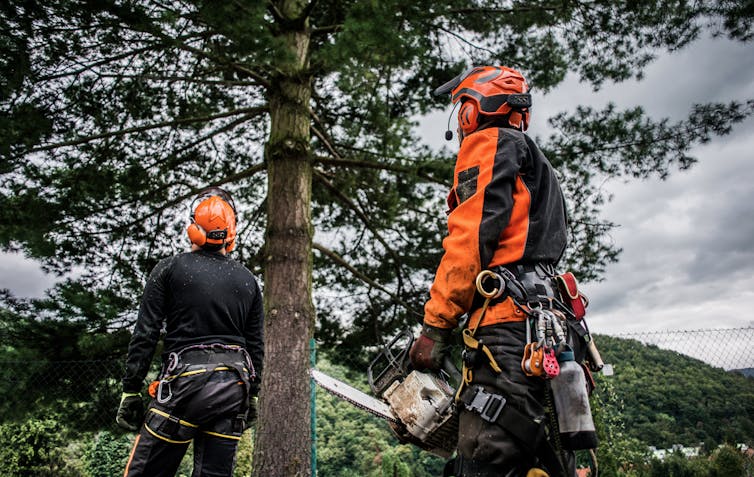
So where can things go wrong? It’s not uncommon for elderly people to become worried about big, old trees that are perfectly safe, then have them removed and then find their property value has significantly declined at a time when they need assets most.
The unnecessary removal of a large old tree destroys an asset that has taken years of care. Its removal may seriously reduce your property value by up to 5% or $10,000 if the tree is a significant component of your garden.
When You Feel ‘Treegret’
Indiscriminately lopping a tree’s canopy — which can leave little or no foliage and greatly reduces branching — may seem like a good way to eliminate the risk of shedding leaves, fruits and dropping limbs.
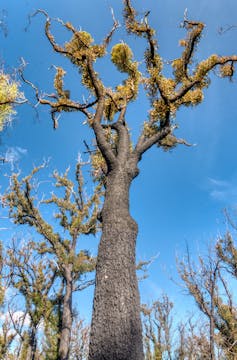
But if it’s done to a healthy tree with a sound structure, you can create the very problem you were seeking to avoid: greater shedding and the development of a dangerous canopy.
This is because after severe lopping, many trees respond by producing lots of new shoots, called epicormic shoots. You may have seen these growing after fires. Epicormic shoots can be weakly attached to the trunk or larger branches of the tree in their early years and, if they’re not managed properly, the heavier shoots can shed substantially.
In any case, is the tree really so bad?
Many people are very aware of the things that annoy them about their trees — dropping leaves, flowers and fruits, blocked gutters and even cracked fences and paths.
They often forget or are unaware of the benefits these same trees provide. This includes shade in summer, moderating strong winds, which protects their roofs during storms or the value of tree roots systems in stabilising soil on steep house blocks.
You may only become aware of the value of these services after the tree has been removed – you acted in haste, but may regret the loss over the many years it takes to grow a replacement tree. This is treegret!
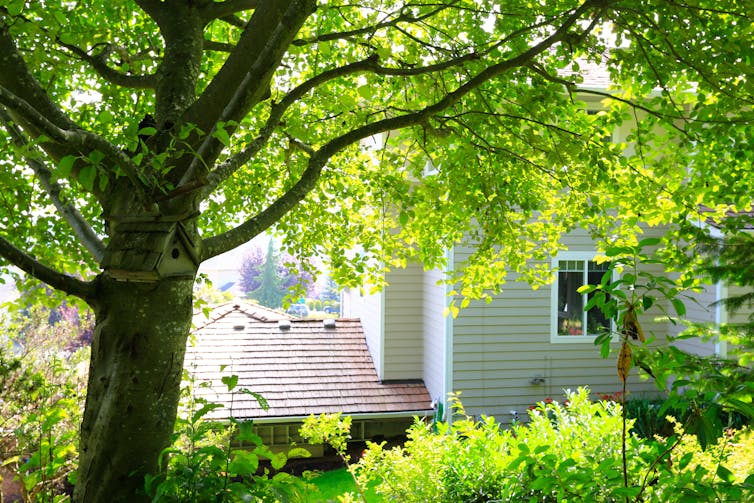
Ask The Right Questions
You can be doing the right thing when you decide to get work done that improves the appearance, structure or heath of a valuable old tree in you garden.
A branch may be growing too close to your home, a low branch may block access for vehicles or pedestrians, or you may have dead or diseased limbs posing a risk to the tree and a hazard to people.
Read more: Here are 5 practical ways trees can help us survive climate change
But next time there’s a knock at your door and you have the chance to greet a tree lopper, don’t forget to ask them if they’re qualified. Ask how large their public liability insurance policy and what size crew will be working on your job.
And then ask them exactly what they propose to do to your tree.
I have asked all of these questions and been told of qualifications I know don’t exist, come from institutions that don’t train arborists, and of plans to lop or top my trees that I know will leave them less safe.![]()
Gregory Moore, Doctor of Botany, The University of Melbourne
This article is republished from The Conversation under a Creative Commons license. Read the original article.
Australians are 3 times more worried about climate change than COVID. A mental health crisis is looming
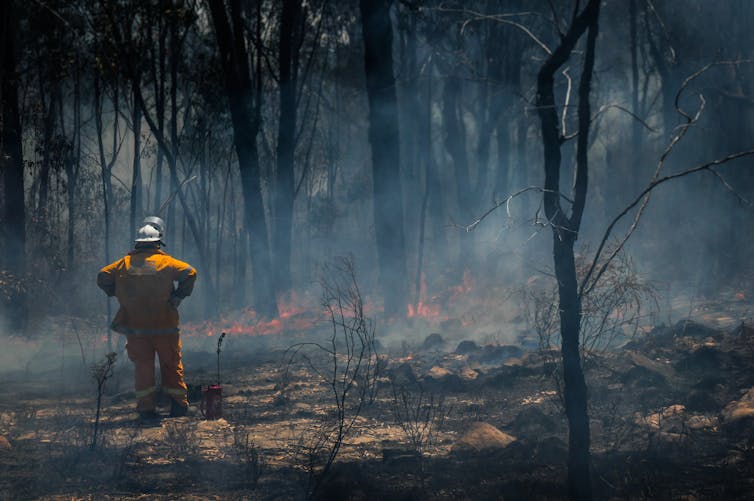
As we write this article, the Delta strain of COVID-19 is reminding the world the pandemic is far from over, with millions of Australians in lockdown and infection rates outpacing a global vaccination effort.
In the northern hemisphere, record breaking temperatures in the form of heat domes recently caused uncontrollable “firebombs”, while unprecedented floods disrupted millions of people. Hundreds of lives have been lost due to heat stress, drownings and fire.
The twin catastrophic threats of climate change and a pandemic have created an “epoch of incredulity”. It’s not surprising many Australians are struggling to cope.
During the pandemic’s first wave in 2020, we collected nationwide data from 5,483 adults across Australia on how climate change affects their mental health. In our new paper, we found that while Australians are concerned about COVID-19, they were almost three times more concerned about climate change.
That Australians are very worried about climate change is not a new finding. But our study goes further, warning of an impending epidemic of mental health related disorders such as eco-anxiety, climate disaster-related post traumatic stress disorder (PTSD), and future-orientated despair.
Which Australians Are Most Worried?
We asked Australians to compare their concerns about climate change, COVID, retirement, health, ageing and employment, using a four-point scale (responses ranging from “not a problem” to “very much a problem”).
A high level of concern about climate change was reported across the whole population regardless of gender, age, or residential location (city or rural, disadvantaged or affluent areas). Women, young adults, the well-off, and those in their middle years (aged 35 to 54) showed the highest levels of concern about climate change.
Read more: The rise of 'eco-anxiety': climate change affects our mental health, too
The latter group (aged 35 to 54) may be particularly worried because they are, or plan to become, parents and may be concerned about the future for their children.
The high level of concern among young Australians (aged 18 to 34) is not surprising, as they’re inheriting the greatest existential crisis faced by any generation. This age group have shown their concern through numerous campaigns such as the School Strike 4 Climate, and several successful litigations.
Of the people we surveyed in more affluent groups, 78% reported a high level of worry. But climate change was still very much a problem for those outside this group (42%) when compared to COVID-related worry (27%).
We also found many of those who directly experienced a climate-related disaster — bushfires, floods, extreme heat waves — reported symptoms consistent with PTSD. This includes recurrent memories of the trauma event, feeling on guard, easily startled and nightmares.
Others reported significant pre-trauma and eco-anxiety symptoms. These include recurrent nightmares about future trauma, poor concentration, insomnia, tearfulness, despair and relationship and work difficulties.
Overall, we found the inevitability of climate threats limit Australians’ ability to feel optimistic about their future, more so than their anxieties about COVID.
How Are People Managing Their Climate Worry?
Our research also provides insights into what people are doing to manage their mental health in the face of the impending threat of climate change.
Rather than seeking professional mental health support such as counsellors or psychologists, many Australians said they were self-prescribing their own remedies, such as being in natural environments (67%) and taking positive climate action (83%), where possible.
Many said they strengthen their resilience through individual action (such as limiting their plastic use), joining community action (such as volunteering), or joining advocacy efforts to influence policy and raise awareness.
Indeed, our research from earlier this year showed environmental volunteering has mental health benefits, such as improving connection to place and learning more about the environment.
It’s both ironic and understandable Australians want to be in natural environments to lessen their climate-related anxiety. Events such as the mega fires of 2019 and 2020 may be renewing Australians’ understanding and appreciation of nature’s value in enhancing the quality of their lives. There is now ample research showing green spaces improve psychological well-being.

An Impending Epidemic
Our research illuminates the profound, growing mental health burden on Australians.
As the global temperature rises and climate-related disasters escalate in frequency and severity, this mental health burden will likely worsen. More people will suffer symptoms of PTSD, eco-anxiety, and more.
Read more: New polling shows 79% of Aussies care about climate change. So why doesn't the government listen?
Of great concern is that people are not seeking professional mental health care to cope with climate change concern. Rather, they are finding their own solutions. The lack of effective climate change policy and action from the Australian government is also likely adding to the collective despair.
As Harriet Ingle and Michael Mikulewicz — a neuropsychologist and a human geographer from the UK — wrote in their 2020 paper:
For many, the ominous reality of climate change results in feelings of powerlessness to improve the situation, leaving them with an unresolved sense of loss, helplessness, and frustration.
It is imperative public health responses addressing climate change at the individual, community, and policy levels, are put into place. Governments need to respond to the health sector’s calls for effective climate related responses, to prevent a looming mental health crisis.
If this article has raised issues for you, or if you’re concerned about someone you know, call Lifeline on 13 11 14.![]()
Rhonda Garad, Senior Lecturer and Research Fellow in Knowledge Translation, Monash University; Joanne Enticott, Senior Research Fellow, Monash Centre for Health Research and Implementation (MCHRI), Monash University, and Rebecca Patrick, Director, Sustainable Health Network, Deakin University
This article is republished from The Conversation under a Creative Commons license. Read the original article.
Complicated, costly and downright frustrating: Aussies keen to cut emissions with clean energy at home get little support
Hugo Temby, Australian National University and Hedda Ransan-Cooper, Australian National UniversityEven after A$4,000 in repairs, Heather’s $18,000 rooftop solar and battery system is still not working.
Heather worked as a nurse until a workplace accident caused her to leave the workforce. She put most of her compensation towards making a switch to clean energy, hoping to bring down her energy costs and increase her comfort.
But a solar company sold her a system that wasn’t suited to her needs. They also didn’t clearly explain how the system worked or how to maintain it.
Heather’s battery failed after roughly two years. Her system’s complexity, and the limited handover provided by the company, meant she didn’t notice its failure during the short warranty period. Reflecting on the technical written information provided to her, Heather told us it was “way over my head”.
As a result, she is fully responsible for the cost of repairs, which she cannot afford. And she has since been told the battery is irreparable.
Heather’s story is one of many featured in our new report published today. It shows household clean energy technologies — such as rooftop solar, household batteries and electric vehicles — can be unnecessarily complicated, time consuming and costly.
Switching To Clean Energy At Home
The aim of our report was to better understand stories like Heather’s to inform a Victorian Energy and Water Ombudsman review of the various new energy technology regulatory frameworks in Australia. These frameworks have not kept up with the pace of technological change.
We held in-depth interviews in 2020 and 2021 with 68 householders, businesses and industry experts based mainly in Victoria and South Australia. We asked why people were purchasing new energy technology, if it was meeting their expectations, and the issues people were encountering.

Nearly all householders we spoke with were motivated to some degree by environmental concerns, particularly the desire to reduce their emissions, and many expected some financial returns. Community mindedness, enthusiasm for technology and comfort were other common motivators.
And many wanted greater independence from untrusted energy companies. Distrust of the sector has multiple facets, but it often boils down to a sense the sector doesn’t have the long-term interests of the public in mind.
Going It Alone
New energy technologies can be highly complex. It’s not always clear what differentiates one solar panel product from another. Some services, such as virtual power plants or battery aggregation, require a basic understanding of how the broader energy system works, which even energy insiders can struggle to understand.
Some householders told us they found it difficult to source reliable information about different electric vehicle products, which they felt weren’t being sufficiently well covered in mainstream car magazines.
Read more: 'Smart home' gadgets promise to cut power bills but many lie idle – or can even boost energy use
Meanwhile, many householders felt alone and unsupported in dealing with their new technology. Heather, for example, has gone through four different electricians.
Most told us they were investing significant time, effort and funds into researching, choosing, configuring and operating their technologies, with different technologies often interacting and various energy tariffs on offer.
Increasingly, people are being seen as idealised “prosumers” in a “two-sided market”. In other words, rather than asking people how they might like to engage with the energy system, householders are given narrow options revolving around solely financial mechanisms.

Most Australians don’t have the time and resources to do this work. Without a whole-of-sector strategy to ensure all Australians benefit from new energy technologies, we risk leaving people behind. This includes renters, apartment dwellers, people who can’t afford high up-front costs, or people who simply don’t have the time to do all the extra “digital housework” to maintain these technologies.
Alternative models, such as social enterprises or community energy, could make technology more accessible to renters and low income households. One example of this is solar gardens, where people can buy a share in a solar array located nearby, which in turn provides them with a discount on their bill.
But arguably, such options wouldn’t be required if our emerging energy system had resolved the energy trilemma in the first place.
Why This Is So Concerning
We know householders are a key part of the solution for climate mitigation, together with businesses and government.
There are many ways householders can decarbonise their electricity and transport. While not all involve buying new energy products, we consistently heard frustration about the lack of a coherent framework for different ways they could contribute.
Read more: 'Die of cold or die of stress?': Social housing is frequently colder than global health guidelines
According to the federal government, it will be “technology, not taxes” that will get us to our Paris emissions reduction commitments.
But this assumes new technology uptake will be straightforward and downplays potential risks. It also implies new technology is always preferable to alternatives like reducing consumption.
A narrow focus on technology also ignores the rebound effect. Research has shown that without deeper engagement with Australians about the energy system, it’s possible lower electricity costs from new energy technologies could actually increase energy use and emissions.
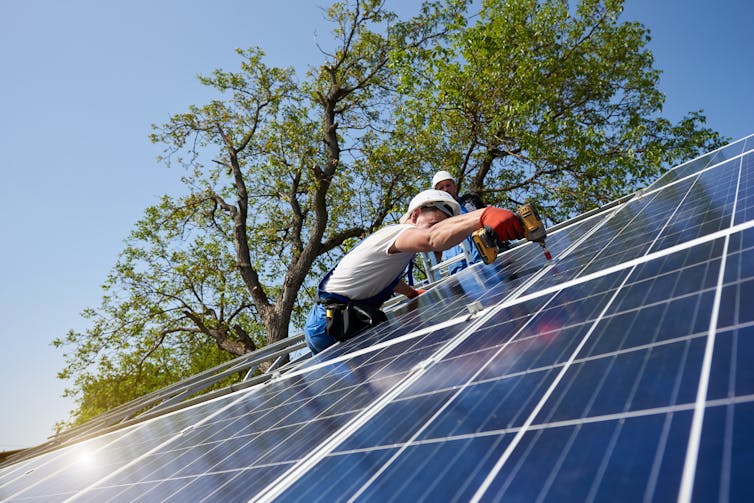
Where Do We Go From Here?
Our new research shows we need better support for the nearly 2.8 million (and growing) Australian households and businesses that have already purchased new, clean energy technologies.
To make this happen, we need coordinated, climate wise policy across all levels of government with an engaged, evidence-based and equitable energy policy. This would help rebuild trust in Australia’s energy system.
If our national climate policy is to rely on new energy technology, it will be critical to ensure the technology – and its implementation – is better aligned with people’s needs and aspirations.
Hugo Temby, Doctoral Researcher, Battery Storage and Grid Integration Program, Australian National University and Hedda Ransan-Cooper, Research Fellow, College of Engineering and Computer Science, Australian National University
This article is republished from The Conversation under a Creative Commons license. Read the original article.
We asked landholders how they feel about biodiversity offsets — and the NSW government has a lot to learn

When land is cleared to make room for urban growth, infrastructure, mining, and so on, developers are often required to “offset” their environmental damage by improving biodiversity elsewhere. This could mean, for example, planting trees along a river, or building shelters for animals that lost their habitats.
In New South Wales, one mechanism to fulfil this requirement is the Biodiversity Offsets Scheme, and a NSW parliamentary inquiry into this scheme is currently underway. The inquiry will look into the scheme’s administration, transparency and oversight, and will investigate the ability for private landowners to engage in it.
This is where our research comes in. We interviewed landholders in Greater Metropolitan Sydney during 2019 and 2020 to find out if they can — and want to — participate in biodiversity offsets.
Our findings suggest the NSW government would be wise to open up its offset scheme to make it more equitable, diverse and socially acceptable.
Recent Controversies
Australia is considered an international forerunner when it comes to biodiversity offsetting, with all Australian states and territories having some form in place (complemented by federal provisions).
But over the years, biodiversity offset schemes have been marred with controversy, particularly recently.
In April, The Guardian Australia revealed a single company had made more than A$40 million by buying land and then selling offsets on that land to the state and federal governments. The new inquiry is a direct response to this news report.
How Landholders Come Into It
Landholders are essential to making biodiversity offsets successful. They play a pivotal role in how offsetting functions on the ground, and in safeguarding its outcomes.
For example, landholder work could involve removing stock, weed control, pest fauna management, fencing off the site or building nest boxes for birds whose trees were cut down.
To get involved in biodiversity offsetting in NSW, landholders must first enter an agreement with the government to enhance and maintain the biodiversity values of their land, in perpetuity.
They often generate a one-off profit when they enter the agreement, and receive yearly payments from the government to manage their land. These payments are funded by, for instance, developers and mining companies, who have been required under law to offset their developments.
But while it’s been shown biodiversity offsets readily meet developers’ needs, the diverse perspectives of landholders remain poorly understood.
This knowledge gap is what inspired us to undertake research with landholders in Greater Sydney. This included conducting interviews with landholders and land managers, both participants and non-participants in the scheme.
Can Landholders Participate?
Four factors determined whether landholders participated in the scheme: experience, financial and staff resources, access to information and technical support, and property size.
Several participants had a good understanding of the scheme because of prior experience or involvement. Some had access to financial and staff resources (such as lawyers and property managers), while others were given information and technical support.
Having support like this gave them confidence to enter into an agreement and manage the land appropriately. One landholder told us:
I think I knew enough people who’d done it to know that they’d got through all of that [management of the land] without too much concern.
In contrast, landholders unable to participate generally didn’t have experience, resources, support or large properties. They often relied on online information and had a poor understanding of the scheme. They had many concerns, especially financial. One barrier they identified, for example, is the cost of the initial ecological assessment of the land.
A non-participant said:
We don’t want to outline money for something that we don’t really understand or know anything about and might not happen.
Do Landholders Want To Participate?
A variety of ethical, financial, technical and governance-related factors influenced a landholders’ willingness to participate in offsets. Some don’t consider nature as something that can be substituted, and fundamentally disagreed with the very principles of offsets:
We shouldn’t be clearing [t]here and then growing stuff here. We just shouldn’t be clearing there.
Others consider the rules of the scheme not stringent enough to achieve positive ecological outcomes. Some have reservations about their technical ability to do the conservation work, and question the likelihood of “nature complying” with stated ecological outcomes.
Some landholders seek compensation only for their conservation actions — in other words, making a profit isn’t their goal. For others, the prospect of a profit is a determining factor, with some hesitant to participate because it would take away from potentially more lucrative property development options:
I suspect there’ll be rezoning of land and all sorts of things, so if we do [offsetting] we’re going to lose that potential.
And some landholders perceive participation, in perpetuity, interferes with their right to sell their land. They see the scheme as potentially diminishing the land value, or putting unnecessary burden on the next landowner.
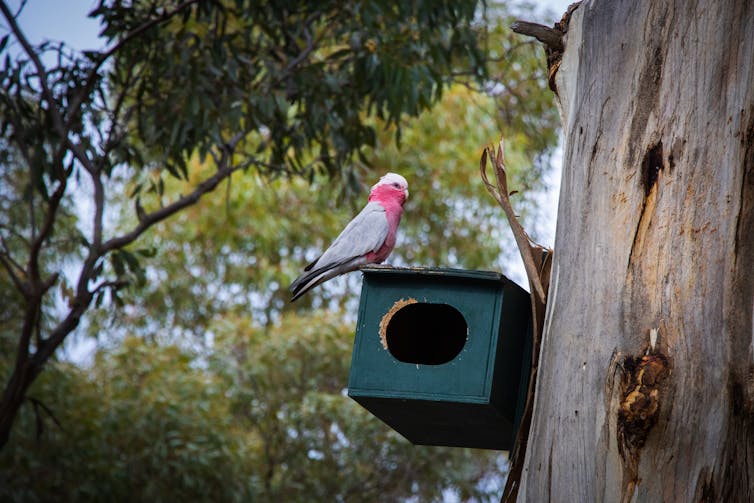
What Needs To Change?
These findings tell us two things about the current scheme:
- financial and information barriers create unequal opportunities across landholders
- the scheme doesn’t cater to diverse conservation perspectives.
The NSW government should loosen up the narrow neo-liberal market principles underpinning the scheme and open it up to a wider range of landholders. As an immediate first step, the government could introduce a more equitable model for sharing the costs of the initial ecological assessment.
It could also open the scheme to a wider range of conservation perspectives.
Offsetting is meant to be used as a last resort, according to globally accepted standards for development projects.
Read more: Can we really restore or protect natural habitats to 'offset' those we destroy?
If developers and the government clearly demonstrate habitat destruction is completely necessary and offsetting really is a last resort, then we expect broader acceptance among landholders. Further research is required to learn how the government could achieve this.
Such reforms would give the scheme a stronger social license to operate and ensure it meets its policy objectives better.
Importantly, opening up the scheme would make it more transparent, so that future excessive profit seeking, with questionable conservation outcomes, can be prevented.![]()
Roel Plant, Adjunct Professor, University of Technology Sydney and Laure-Elise Ruoso, Senior Research Consultant, University of Technology Sydney
This article is republished from The Conversation under a Creative Commons license. Read the original article.
5 things to watch for in the latest IPCC report on climate science
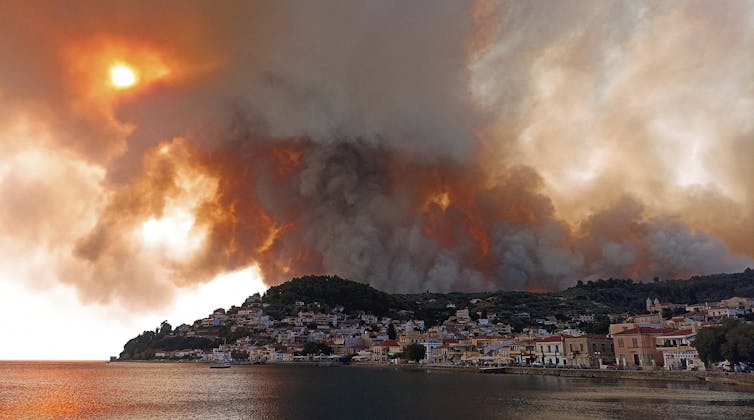
On Aug. 9, the Intergovernmental Panel on Climate Change (IPCC) will release its most comprehensive report on the science of climate change since 2013. It will be the first of four reports released under the IPCC’s latest assessment cycle, with subsequent reports coming in 2022.
Over the past eight years, climate scientists have improved the methods they use to measure different aspects of climate and to model (or project) what might happen in the future. They’ve also been monitoring the changes that have developed right before our eyes.
This updated assessment comes three months before world leaders gather in Glasgow, Scotland, to find ways to avoid the worst effects of climate change and renew their commitments to reduce greenhouse gases. It also comes amid another year of severe heat waves, droughts, wildfires, flooding and storms.
The report will provide policy-makers with the best possible information regarding the physical science of climate change, which is essential for long-term planning in many sectors, from infrastructure to energy to social welfare. Here are five things to look for in the new report:
1. How Sensitive Is The Climate To Increasing Carbon Dioxide?
Atmospheric carbon dioxide (CO2) levels are higher now than they have been in 800,000 years, reaching 419 parts per million (ppm) in May 2021. Average global temperature rises with each increase in atmospheric CO2 concentration, but how much it rises depends on many factors.
Climate scientists use models to understand how much warming occurs when CO2 concentrations double from pre-industrial levels — from 260 ppm to 520 ppm — a concept called “climate sensitivity.” The more sensitive the climate, the faster greenhouse gas emissions must be curbed to stay below 2 C.
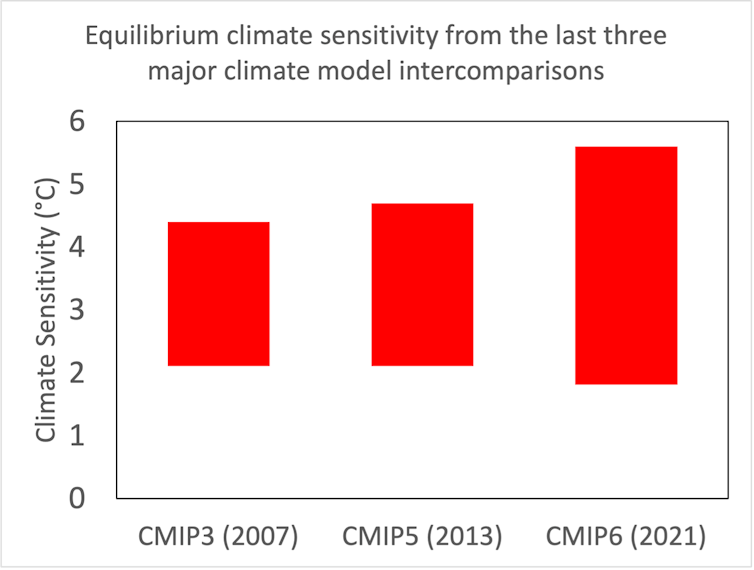
Older climate models estimated that a doubling of atmospheric CO2 would lead to a temperature increase of 2.1 C to 4.7 C. The latest set of climate models, called CMIP6, broadened the range to 1.8 C to 5.6 C, meaning the climate is at least as sensitive to doubling of carbon dioxide as previous models showed, but may, in fact, be even more sensitive.
The range is influenced by uncertainties in a number of climate factors, including water vapour and cloud cover, and how they will increase or decrease the effects of warming. Scientists are working to narrow the range in climate projections so that we know more about how quickly we must reduce greenhouse gas emissions to avoid the worst effects of climate change and adapt to others.
2. What’s Going On With Clouds?
Clouds are a wild card in the climate change game. They create feedbacks to warming, meaning that warming changes cloud cover, but cloud cover can also speed up or slow down warming in different situations.
Clouds reflect about a quarter of incoming sunlight away from the Earth. So, if more warming leads to more clouds, we would expect more sunlight to be reflected, slowing warming. However, clouds also insulate the Earth, trapping the heat given off by the surface. So, increasing cloud cover (like during nighttime) could amplify warming.

Two main issues stand out: First, many factors, including cloud type, altitude and season, determine a cloud’s overall effect on warming. Second, clouds are incredibly difficult to model; how the models treat clouds is key to the range in climate sensitivity.
3. Did Climate Change Fuel Recent Extreme Weather?
Since the last IPCC report, our ability to assess global warming’s impact on extreme events has improved immensely. Chapter 11 of the latest report is devoted to this.
Global warming means stronger summer heat waves and more frequent tropical nights (temperatures above 20 C) are occurring in middle latitudes, like Canada and Europe.
Read more: Record-breaking temperatures mean we must change the way we talk about the climate emergency
Warmer air can hold more water. This can cause more evaporation from land, and lead to drought and wildfires. In addition, an atmosphere with more water can produce more precipitation and flooding.
Scientists projected decades ago that these changes to the water cycle would occur, but now it’s clear they’re already happening.
4. Have Regional Climate Projections Improved?
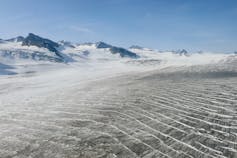
The climate models evaluated by the IPCC are global models. This is essential to capture the connections between tropics and poles or land and ocean. However, it comes at a cost — the models struggle to simulate many features smaller than 100 kilometres across, like small storms or islands.
Regional relationships can be complex: For example, extreme storms help break up summer Arctic sea ice, but reduced sea ice cover may also lead to stronger storms.
Read more: 5 ways climate-driven ocean change can threaten human health
Since the last IPCC report, techniques for taking this large-scale information and refining it have shown how regional and local climate has changed and could change in the future. Other experiments target regional issues, like the impacts of Arctic sea ice loss on storms.
5. How Will Antarctic Ice Sheets Contribute To Sea-Level Rise?
Global sea level is rising because water expands slightly when it warms up, and mountain glaciers and the Greenland Ice Sheet are melting and adding water to the ocean.
But the largest potential source of sea-level rise over the next century is Antarctica. Ice sheet models show that melting of Antarctic ice sheets will add between 14 and 114 centimetres to sea-level rise by 2100. That is a huge range, and it all depends on whether the West Antarctic Ice Sheet remains relatively stable or begins a slow but unstoppable collapse.
Read more: High-tide flood risk is accelerating, putting coastal economies at risk
How the IPCC communicates this scientific debate will impact how coastal communities plan for sea-level rise. Low-lying cities, like Lagos, Nigeria, could become uninhabitable by the end of the century due to sea-level rise, especially if the higher model estimates prove most prescient.
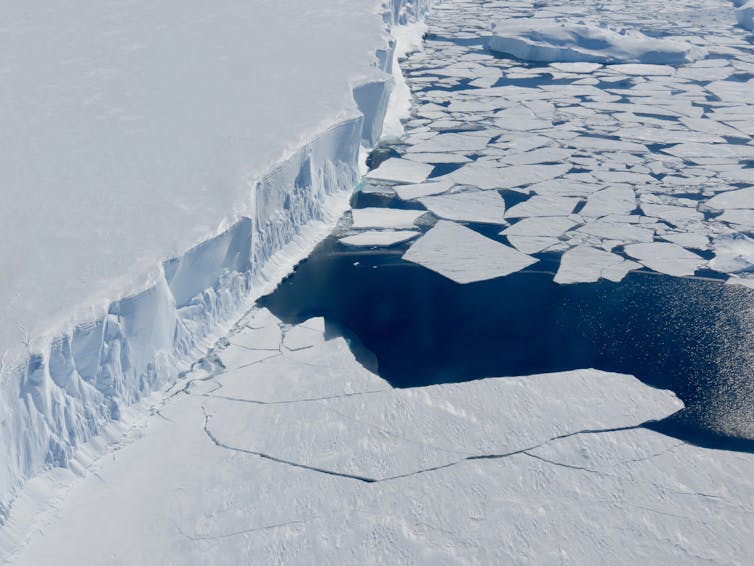
The IPCC report will give policy-makers a better understanding of how climate change is affecting us today. This will be especially helpful for putting short-term adaptation strategies in place.
But as the science has improved, the outlook on future change has become more sobering, and the large uncertainties that remain mean substantial future work for climate scientists.![]()
Alex Crawford, Research Associate at the Centre for Earth Observation Science, Clayton H. Riddle Faculty of Environment, Earth, and Resources, University of Manitoba
This article is republished from The Conversation under a Creative Commons license. Read the original article.
Emperor Penguins Increasingly Threatened By Climate Change
Emperor Penguins Increasingly Under Siege By Climate Change: Recommended As Threatened Species Under US Endangered Species Act
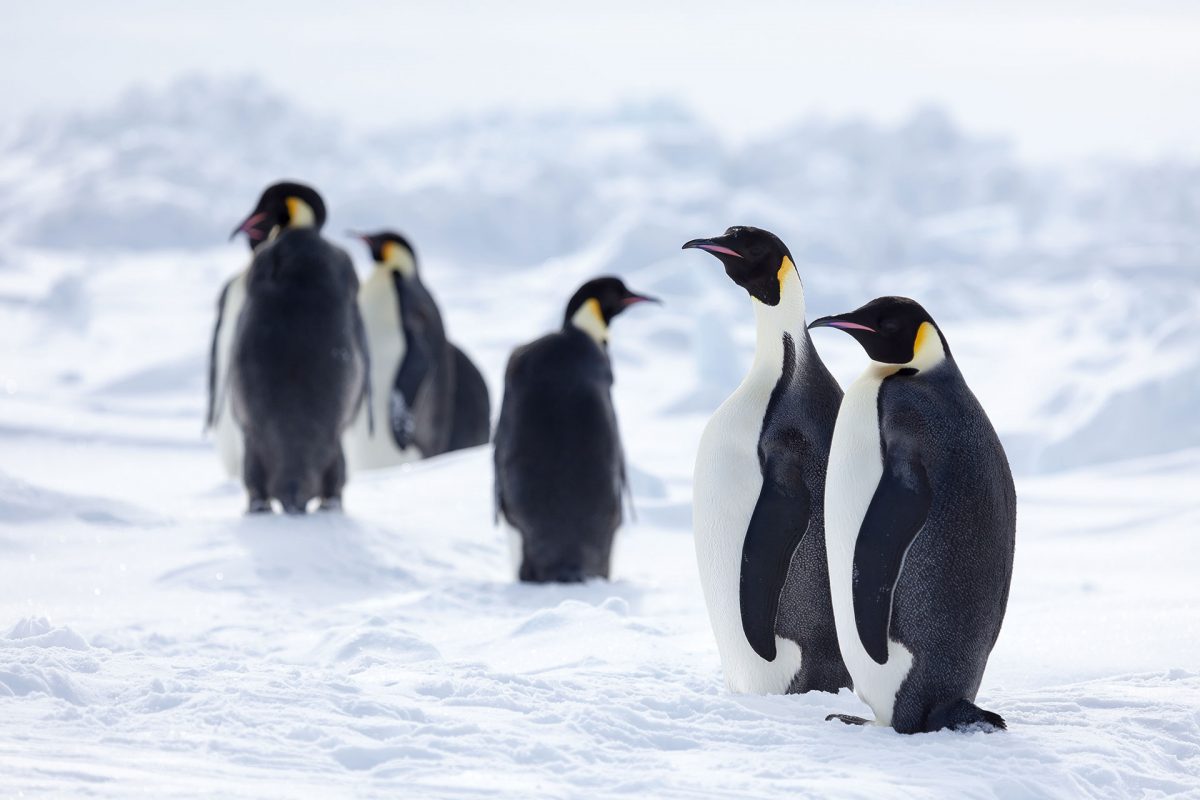
Productivity Of Kelp Forests; Sans The Iconic Kelp
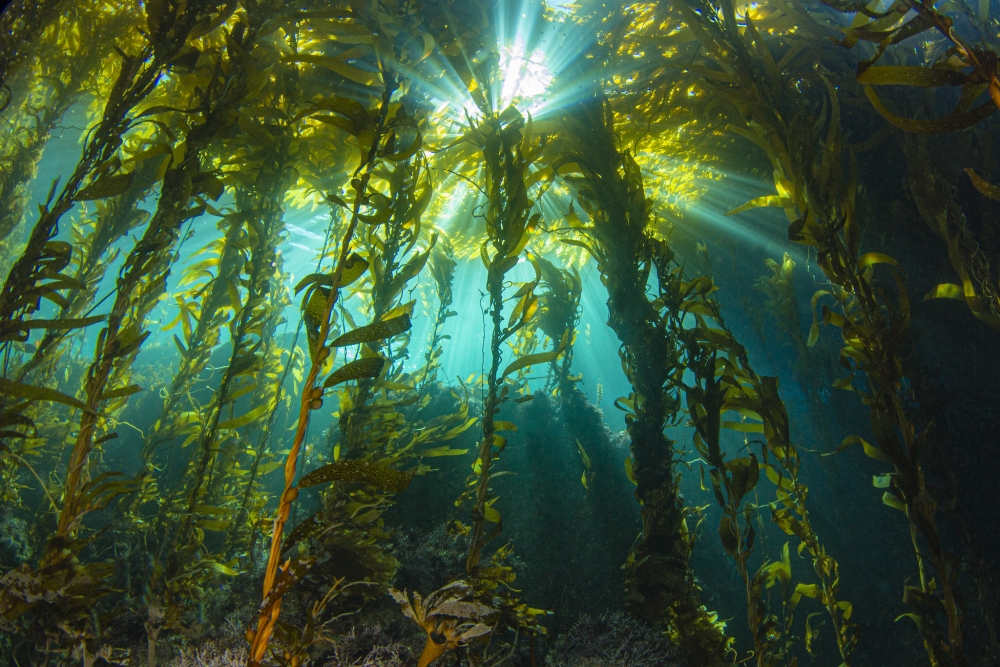
Overfishing And Other Human Pressures Are Severely Harming Many Marine Protected Areas Around The World
Bushcare In Pittwater
Where we work Which day What time
Avalon
Angophora Reserve 3rd Sunday 8:30 - 11:30am
Avalon Dunes 1st Sunday 8:30 - 11:30am
Avalon Golf Course 2nd Wednesday 3 - 5:30pm
Careel Creek 4th Saturday 8:30 - 11:30am
Toongari Reserve 3rd Saturday 9 - 12noon (8 - 11am in summer)
Bangalley Headland 2nd Sunday 9 to 12noon
Bayview
Winnererremy Bay 4th Sunday 9 to 12noon
Bilgola
North Bilgola Beach 3rd Monday 9 - 12noon
Algona Reserve 1st Saturday 9 - 12noon
Plateau Park 1st Friday 8:30 - 11:30am
Church Point
Browns Bay Reserve 1st Tuesday 9 - 12noon
McCarrs Creek Reserve Contact Bushcare Officer To be confirmed
Clareville
Old Wharf Reserve 3rd Saturday 8 - 11am
Elanora
Kundibah Reserve 4th Sunday 8:30 - 11:30am
 Mona Vale
Mona Vale Mona Vale Beach Basin 1st Saturday 8 - 11am
Mona Vale Dunes 2nd Saturday +3rd Thursday 8:30 - 11:30am
Newport
Bungan Beach 4th Sunday 9 - 12noon
Crescent Reserve 3rd Sunday 9 - 12noon
North Newport Beach 4th Saturday 8:30 - 11:30am
Porter Reserve 2nd Saturday 8 - 11am
North Narrabeen
Irrawong Reserve 2nd Saturday 2 - 5pm
Palm Beach
North Palm Beach Dunes 3rd Saturday 9 - 12noon
Scotland Island
Catherine Park 2nd Sunday 10 - 12:30pm
Elizabeth Park 1st Saturday 9 - 12noon
Pathilda Reserve 3rd Saturday 9 - 12noon
Warriewood
Warriewood Wetlands 1st Sunday 8:30 - 11:30am
Whale Beach
Norma Park 1st Friday 9 - 12noon
Western Foreshores
Coopers Point, Elvina Bay 2nd Sunday 10 - 1pm
Rocky Point, Elvina Bay 1st Monday 9 - 12noon
Gardens And Environment Groups And Organisations In Pittwater
Avalon Golf Course Bushcare Needs You


Pittwater Reserves

New Shorebirds WingThing For Youngsters Available To Download
A Shorebirds WingThing educational brochure for kids (A5) helps children learn about shorebirds, their life and journey. The 2021 revised brochure version was published in February 2021 and is available now. You can download a file copy here.
If you would like a free print copy of this brochure, please send a self-addressed envelope with A$1.10 postage (or larger if you would like it unfolded) affixed to: BirdLife Australia, Shorebird WingThing Request, 2-05Shorebird WingThing/60 Leicester St, Carlton VIC 3053.

 Shorebird Identification Booklet
Shorebird Identification Booklet
The Migratory Shorebird Program has just released the third edition of its hugely popular Shorebird Identification Booklet. The team has thoroughly revised and updated this pocket-sized companion for all shorebird counters and interested birders, with lots of useful information on our most common shorebirds, key identification features, sighting distribution maps and short articles on some of BirdLife’s shorebird activities.
The booklet can be downloaded here in PDF file format: http://www.birdlife.org.au/documents/Shorebird_ID_Booklet_V3.pdf
Paper copies can be ordered as well, see http://www.birdlife.org.au/projects/shorebirds-2020/counter-resources for details.
Download BirdLife Australia's children’s education kit to help them learn more about our wading birdlife
Shorebirds are a group of wading birds that can be found feeding on swamps, tidal mudflats, estuaries, beaches and open country. For many people, shorebirds are just those brown birds feeding a long way out on the mud but they are actually a remarkably diverse collection of birds including stilts, sandpipers, snipe, curlews, godwits, plovers and oystercatchers. Each species is superbly adapted to suit its preferred habitat. The Red-necked Stint is as small as a sparrow, with relatively short legs and bill that it pecks food from the surface of the mud with, whereas the Eastern Curlew is over two feet long with a exceptionally long legs and a massively curved beak that it thrusts deep down into the mud to pull out crabs, worms and other creatures hidden below the surface.
Some shorebirds are fairly drab in plumage, especially when they are visiting Australia in their non-breeding season, but when they migrate to their Arctic nesting grounds, they develop a vibrant flush of bright colours to attract a mate. We have 37 types of shorebirds that annually migrate to Australia on some of the most lengthy and arduous journeys in the animal kingdom, but there are also 18 shorebirds that call Australia home all year round.
What all our shorebirds have in common—be they large or small, seasoned traveller or homebody, brightly coloured or in muted tones—is that each species needs adequate safe areas where they can successfully feed and breed.
The National Shorebird Monitoring Program is managed and supported by BirdLife Australia.
This project is supported by Glenelg Hopkins Catchment Management Authority and Hunter Local Land Services through funding from the Australian Government’s National Landcare Program. Funding from Helen Macpherson Smith Trust and Port Phillip Bay Fund is acknowledged.
The National Shorebird Monitoring Program is made possible with the help of over 1,600 volunteers working in coastal and inland habitats all over Australia.
The National Shorebird Monitoring program (started as the Shorebirds 2020 project initiated to re-invigorate monitoring around Australia) is raising awareness of how incredible shorebirds are, and actively engaging the community to participate in gathering information needed to conserve shorebirds.
In the short term, the destruction of tidal ecosystems will need to be stopped, and our program is designed to strengthen the case for protecting these important habitats.
In the long term, there will be a need to mitigate against the likely effects of climate change on a species that travels across the entire range of latitudes where impacts are likely.
The identification and protection of critical areas for shorebirds will need to continue in order to guard against the potential threats associated with habitats in close proximity to nearly half the human population.
Here in Australia, the place where these birds grow up and spend most of their lives, continued monitoring is necessary to inform the best management practice to maintain shorebird populations.
BirdLife Australia believe that we can help secure a brighter future for these remarkable birds by educating stakeholders, gathering information on how and why shorebird populations are changing, and working to grow the community of people who care about shorebirds.
To find out more visit: http://www.birdlife.org.au/projects/shorebirds-2020/shorebirds-2020-program
Aussie Bread Tags Collection Points

Surf Life Saving Sydney Northern Beaches Branch: Awards Of Excellence 2021
 The SLS SNB Branch Awards of Excellence were announced on Friday August 6, 2021 from among the hundreds of nominees in all categories and from all clubs. The event was held as an online function that provided an opportunity to congratulate winners on their achievements. Branch winners announced progress to the SLSNSW Awards of Excellence which are being held virtually on the 28th of August.
The SLS SNB Branch Awards of Excellence were announced on Friday August 6, 2021 from among the hundreds of nominees in all categories and from all clubs. The event was held as an online function that provided an opportunity to congratulate winners on their achievements. Branch winners announced progress to the SLSNSW Awards of Excellence which are being held virtually on the 28th of August.Bright Sparks Light Up This Year's Young Writers Competition
Friday, 6 August 2021
This year's Northern Beaches Young Writers Competition has produced hundreds of literary bright 'sparks'.
Northern Beaches Council congratulates all the winners and finalists, who were announced this week.
Now in its twelfth year, the challenge this year was to write a short story based on the theme ‘spark’.
Mayor Michael Regan said he was amazed at the depth of talent and passion of young writers on the Northern Beaches.
“2021 saw nearly 500 stories submitted by talented students from kindergarten to grade 12.
"After the past tumultuous year and a half, it was great to see such a diverse range of very uplifting, creative interpretations of the 'spark' theme.
"Our young writers found inspiration in sparks of joy, the sparkle of diamonds and fireworks, as well as sparks of embers, reflecting the terror of bushfires.
" I would like to acknowledge and thank the judges who had the very difficult job of whittling the field down to 24 entries as well as the many teachers, school librarians and parents who inspire a love of literacy in our young people.
"And of course, I want to thank the hundreds of students who lit a spark under their imagination to produce such an amazing mix of thought-provoking, funny and touching stories."
All 24 winning stories are available as an eBook from the Libraries’ website.
Borrow ebook: https://northernbeacheslibraries.overdrive.com/media/6456621
Humpback Whale Feeding Off Warriewood
Published by Sydney Drone Life, August 4, 2021
Rip Curl GromSearch Gears Up To Make A Solid Return In 2021: Entries For NSW Event Open
 The world-renowned Rip Curl GromSearch series is set to continue in three key surfing locations on Australia’s east coast in 2021.
The world-renowned Rip Curl GromSearch series is set to continue in three key surfing locations on Australia’s east coast in 2021.Sydney Surf Pro Secures Dates For 2022 WSL Challenger Series

Dylan Moffat in action at Narrabeen earlier this year. Credit: © WSL / Cait Miers
Tim Bonython's Surfing Visions Available For Exhale Moments
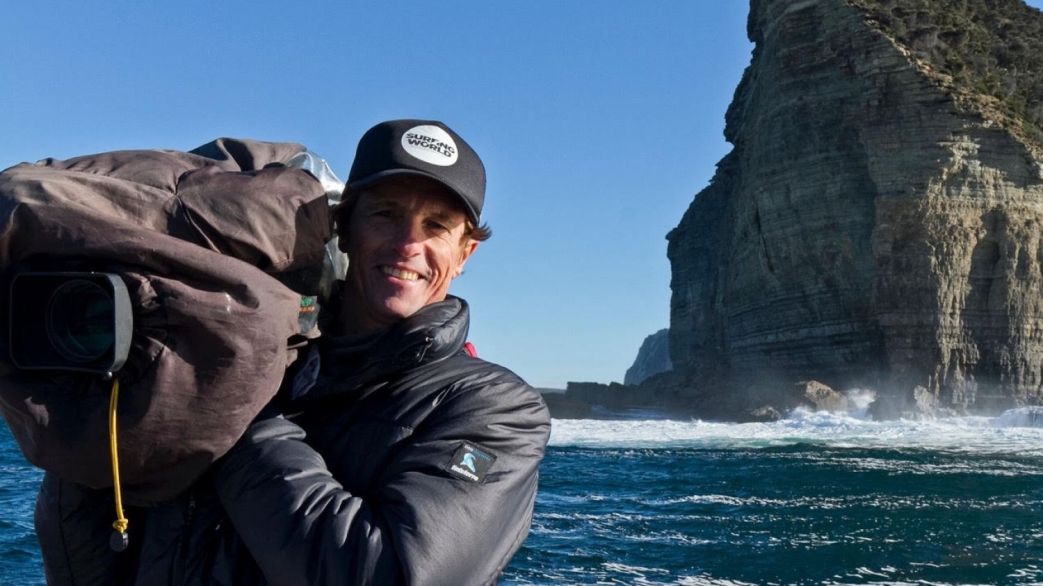
NSW Sustainability Awards Now Open For Entry
- NSW Net Zero Action Award
- NSW Biodiversity Award
- NSW Circular Transition Award
- NSW Clean Technology Award
- NSW Large Business Transformation Award
- NSW Small to Medium Business Award
- NSW Youth as our Changemakers Award
- Minister's Young Climate Champion Award
- NSW Clean Technology Award: Recognises outstanding initiatives by an organisation or organisations in collaboration that show- case efficient resources through renewable energy, low emissions technology, and appreciable pollution reduction (beyond compliance) of Australia's water, air, and land.
- NSW Biodiversity Award: Recognises outstanding initiatives by an organisation or organisations in collaboration that protect our habitat, flora and/or fauna to ensure Australia's ecosystems are secured and flourish for future generations.
- NSW Circular Transition Award: Recognises outstanding achievements in innovative design in waste and pollution systems and products, through to regenerating strategies. The award will go to a company that has adopted a technology, initiative or project that is helping the business move from a linear to a circular model.
- NSW Large Business Transformation Award: Recognises outstanding achievements that demonstrate business and values alignment with multiple UN Sustainable Development Goals and by integrating sustainability principles and practices across business activities.
- NSW Youth as our Changemakers Award: Recognises young innovators aged between 18-35 years, who bring fresh perspectives, bold ideas and compelling initiatives that align with any or the multiple UN SDG's.
- NSW Net Zero Action Award: Recognises organisations, (company, business association, NGOs) that can demonstrate a tangible program or initiative that evidences transition toward a 1.5-Degree goal, through a publicly communicated net zero commitment, plus data, disclosures and investments to support it.
- NSW Small to Medium Business Award: Recognises outstanding achievements that demonstrate business and values alignment with multiple UN Sustainable Development Goals and by integrating sustainability principles and practices across business activities.
- Minister's Young Climate Champion Award: The Minister's Young Climate Champion Award recognises young innovators aged under 18 years who bring bold ideas for a safe and thriving climate future that align with any of the UN SDGs. Young and passionate minds who have taken outstanding actions that benefit the sustainability of their communities and help address climate change will be showcased in this award, which is a celebration of young people with drive, commitment and a passion for sustainability and the environment.
Flexible School Model For HSC Students
Special Program For Most-Impacted HSC Students
- Language oral exams
- Performance exams
- Submission of major projects.
- Provided safety rules for markers and students during HSC Dance, Drama and Music rehearsals and exams
- Extended the due date for assessment marks to 8 October
- Revised the oral language exam timetable to start on 21 August.
More Time To Prepare For HSC
- Extend the hand in date for all major projects by two weeks. The hand-in date for Industrial Technology has been extended by four weeks
- Reschedule Drama performance exams to run from 6 to 17 September
- Music performance exam continue as scheduled, running from 30 August to 10 September
- Reschedule the written exams to begin one week later on 19 October with HSC results out on 17 December.
HSC Online Help
Stay Healthy - Stay Active: HSC 2021

50 years since Mike Oldfield began writing Tubular Bells: the pioneering album that changed the sound of music
Andy Bennett, Griffith UniversityEnglish composer and multi-instrumentalist Mike Oldfield began writing Tubular Bells 50 years ago, at the age of 17. The record, released two years later, was the first on Richard Branson’s newly established Virgin label and remains Oldfield’s highest selling and best known album to date.
An instrumental work, Tubular Bells is 49 minutes and 16 seconds long presented in two parts, each taking up one side of the original vinyl release.
The album was pioneering in many ways, from its use of bells to electric guitars recorded at half speed, and has been credited as an early example of new age music.
At the time of its release — although a unique sounding album in many ways — Tubular Bells was closely associated with the progressive rock scene. Indeed, Oldfield had roots in this scene: he was previously bassist with Kevin Ayers and the Whole World, a band who, along with Soft Machine, Gong and Caravan were part of the Canterbury Scene.
Still in his teens, Oldfield was disillusioned with the rigours of touring and the limitations of live performance. His vision was to produce an album taking full advantage of the sound production opportunities offered by the recording studio.
Brian Wilson and the Beatles had begun this trend in the mid-1960s, but by the early 1970s studio technology had developed to the extent stereo recording on tape machines featuring 16 tracks was possible.
This significantly extended the possibilities for layering sound.
Several sections of music on Tubular Bells were written by Oldfield and recorded as demos on cassette before he entered the Manor — a 16th century building bought by Branson and converted into a recording studio — to begin work on the album.
A Repeated Motif
Tubular Bells is best known for Part One, particularly the first three and a half minutes of music, which feature a repeated motif in the key of A minor with a 15/8 time signature.
This time signature was highly unusual in rock music at the time and, combined with the stark minimalist sound of the grand piano, Oldfield created a mesmerising and slightly surreal effect.
Through a series of modulations, this motif is repeated at various stages throughout side one of Tubular Bells, ending with the motif played on a Spanish guitar in the transposed key of E major.
Primarily a guitarist, prior to working on Tubular Bells Oldfield had familiarised himself with a range of other stringed, keyboard and percussion instruments. A popular perception of the album’s creation is of Oldfield playing a large number of musical instruments and endlessly overdubbing his performances to produce a one-person orchestra.
In truth, Oldfield did play most of the instruments on the album (with the exception of the drums heard on side two) but this amounted to around ten instruments, including electric and acoustic guitars, grand piano and pipe organ, glockenspiel, timpani, tin whistle and, of course, the famed tubular bells.
Read more: 40 Years of MTV: the channel that shaped popular culture as we know it
Chosen as the album’s title and the subject of a great fanfare at the end of side one, tubular bells constituted something of a novelty item and source of fascination for listeners.
A series of metal tubes of varying length, when tubular bells are struck they resemble the sound of church bells. Commonly used in classical music, in the world of rock tubular bells were a relatively unknown quantity.
(Partly due to the exposure afforded by Oldfield’s work several rock and progressive rock drummers also added tubular bells to their percussive arsenal during the arena rock years of the 1970s.)
Another novel aspect of Tubular Bells was the use of “speed guitars”: electric guitars recorded at half speed, then brought back to normal speed in playback. This meant the notes produced were higher than the normal range of notes possible on guitar. This technique was used to create the mandolin-like effects heard in several parts of the album.
A custom-made distortion was used to create the “bagpipe guitars” (so called because their sound is similar to bagpipes) heard on side two. And at the end of side two a familiar tune is heard: Oldfield’s arrangement of the Sailor’s Hornpipe brings the album to a close.
A Template For Innovation
Tubular Bells has spawned an orchestral version of the work and two sequels, Tubular Bells II and III. Aspects of the work have been incorporated into songs by metal bands Possessed and Death Angel as well as other artists including the California Guitar trio.
This month, 50 years after Oldfield started writing Tubular Bells, the album will again be performed live in London, directed by Oldfield’s longtime collaborator Robin A. Smith and featuring Australian circus company Circa. A short tour is planned in 2023 to celebrate the 50th anniversary of Tubular Bells’ release.

Upon its release, Oldfield was reluctant to tour Tubular Bells. He finally agreed to a one-off concert at London’s Queen Elizabeth Hall on June 25 1973. An all-star cast of musicians was recruited for the event, including Kevin Ayers, Fred Frith, Steve Hillage and Mick Taylor (then with the Rolling Stones).
Preceding Queen’s Bohemian Rhapsody and 10cc’s I’m Not in Love (songs now regarded as the great multi-track masterpieces) by two years, Tubular Bells was undoubtedly a critical template for innovation in studio-based music during an era when album-orientated-rock commanded a hefty market share.![]()
Andy Bennett, Professor, Griffith University
This article is republished from The Conversation under a Creative Commons license. Read the original article.
Sydney Metro: Under Harbour Track Laying
How ancient Babylonian land surveyors developed a unique form of trigonometry — 1,000 years before the Greeks

Our modern understanding of trigonometry harks back to ancient Greek astronomers studying the movement of celestial bodies through the night sky.
But in 2017, I showed the ancient Babylonians likely developed their own kind of “proto-trigonometry” more than 1,000 years before the Greeks. So why were the Babylonians interested in right-angled triangles? What did they use them for?
I have spent the past few years trying to find out. My research, published today in Foundations of Science, shows the answer was hiding in plain sight.
Read more: Written in stone: the world's first trigonometry revealed in an ancient Babylonian tablet
Si.427
Many thousands of clay tablets have been retrieved from the lost cities of ancient Babylon, in present-day Iraq. These documents were preserved beneath the desert through millennia. Once uncovered they found their way into museums, libraries and private collections.
One example is the approximately 3,700-year-old cadastral survey Si.427, which depicts a surveyor’s plan of a field. It was excavated by Father Jean-Vincent Scheil during an 1894 French archaeological expedition at Sippar, southwest of Baghdad. But its significance was not understood at the time.

It turns out that Si.427 — which has been in Turkey’s İstanbul Arkeoloji Müzeleri (Istanbul Archaeological Museums) for several decades and is currently on display — is in fact one of the oldest examples of applied geometry from the ancient world. Let’s look at what makes it so special.
A Brief History Of Babylonian Surveying
The ancient Babylonians valued land, much as we do today. Early on, large swathes of agricultural land were owned by institutions such as temples or palaces.
Professional surveyors would measure these fields to estimate the size of the harvest. But they did not establish field boundaries. It seems those powerful institutions did not need a surveyor, or anyone else, to tell them what they owned.
The nature of land ownership changed during the Old Babylonian period, between 1900 and 1600 BCE. Rather than large institutional fields, smaller fields could now be owned by regular people.
This change had an impact on the way land was measured. Unlike institutions, private landowners needed surveyors to establish boundaries and resolve disputes.
The need for accurate surveying is apparent from an Old Babylonian poem about quarrelling students learning to become surveyors. The older student admonishes the younger student, saying:
Go to divide a plot, and you are not able to divide the plot; go to apportion a field, and you cannot even hold the tape and rod properly. The field pegs you are unable to place; you cannot figure out its shape, so that when wronged men have a quarrel you are not able to bring peace, but you allow brother to attack brother. Among the scribes, you (alone) are unfit for the clay.
This poem mentions the tape and rod, which are references to the standard Babylonian surveying tools: the measuring rope and unit rod. These were revered symbols of fairness and justice in ancient Babylon and were often seen in the hands of goddesses and kings.
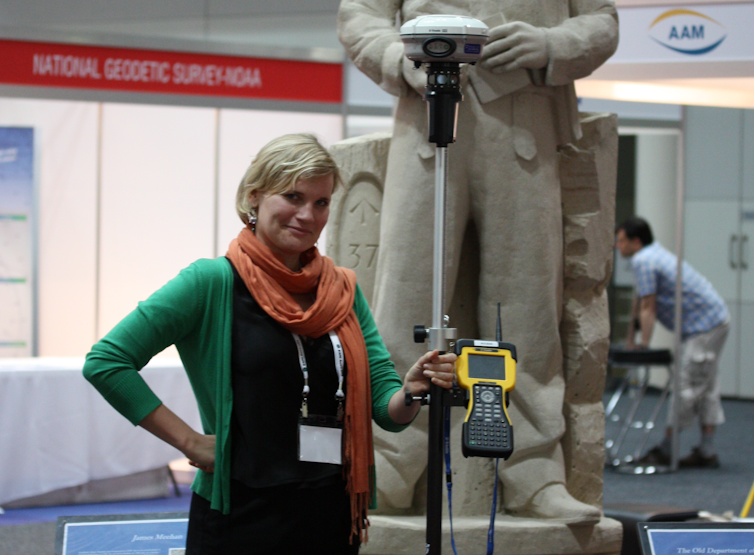
Babylonian surveyors would use these tools to divide land into manageable shapes: rectangles, right-angled triangles and right trapezoids.
Earlier on, before surveyors needed to establish boundaries, they would simply make agricultural estimates. So 90° angles back then were good approximations, but they were never quite right.
Right Angles Done Right
The Old Babylonian cadastral survey Si.427 shows the boundaries of a small parcel of land purchased from an individual known as Sîn-bêl-apli.
There are some marshy regions which must have been important since they are measured very carefully. Sounds like a normal day at work for a Babylonian surveyor, right? But there is something very distinct about Si.427.
In earlier surveys, the 90° angles are just approximations, but in Si.427 the corners are exactly 90°. How could someone with just a measuring rope and unit rod make such accurate right angles? Well, by making a Pythagorean triple.
A Pythagorean triple is a special kind of right-angled triangle (or rectangle) with simple measurements that satisfy Pythagoras’s theorem. They are easy to consturct and have theoretically perfect right angles.
Pythagorean triples were used in ancient India to make rectangular fire altars, potentially as far back as 800 BCE. Through Si.427, we now know ancient Babylonians used them to make accurate land measurements as far back as 1900 BCE.
Si.427 contains not one, but three Pythagorean triples.
Crib Notes For Surveyors
Si.427 has also helped us understand other tablets from the Old Babylonian era.
Not all Pythagorean triples were useful to Babylonian surveyors. What makes a Pythagorean triple useful are its sides. Specifically, the sides have to be “regular”, which means they can be scaled up or down to any length. Regular numbers have no prime factors apart from 2, 3 and 5.
Plimpton 322 is another ancient Babylonian tablet, with a list of Pythagorean triples that look similar to a modern trigonometric table. Modern trigonometric tables list the ratios of sides (sin, cos and tan anyone?).
But instead of these ratios, Plimpton 322 tells us which sides of a Pythagorean triple are regular and therefore useful in surveying. It is easy to imagine it was made by a pure mathematician who wanted to know why some Pythagorean triples were usable while others were not.

Alternatively, Plimpton 322 could have been made to solve some specific practical problem. While we will never know the author’s true intentions, it is probably somewhere between these two possibilities. What we do know is the Babylonians developed their own unique understanding of Pythagorean triples.
This “proto-trigonometry” is equivalent to the trigonometry developed by ancient Greek astronomers. Yet it is different because it was developed in response to the problems faced by Babylonian surveyors looking not at the night sky — but at the land.
Read more: The weird world of one-sided objects
Cc bc![]()
Daniel Mansfield, Senior lecturer, UNSW
This article is republished from The Conversation under a Creative Commons license. Read the original article.
What is the metaverse? A high-tech plan to Facebookify the world

Facebook chief executive Mark Zuckerberg recently announced the tech giant will shift from being a social media company to becoming “a metaverse company”, functioning in an “embodied internet” that blends real and virtual worlds more than ever before.
So what is “the metaverse”? It sounds like the kind of thing billionaires talk about to earn headlines, like Tesla chief Elon Musk spruiking “pizza joints” on Mars. Yet given almost three billion people use Facebook each month, Zuckerberg’s suggestion of a change of direction is worth some attention.
Read more: Mark Zuckerberg wants to turn Facebook into a 'metaverse company' – what does that mean?
The term “metaverse” isn’t new, but it has recently seen a surge in popularity and speculation about what this all might mean in practice.
The idea of the metaverse is useful and it’s likely to be with us for some time. It’s a concept worth understanding even if, like me, you are critical of the future its proponents suggest.
The Metaverse: A Name Whose Time Has Come?
Humans have developed many technologies to trick our senses, from audio speakers and televisions to interactive video games and virtual reality, and in future we may develop tools to trick our other senses such as touch and smell. We have many words for these technologies, but as yet no popular word that refers to the totality of the mash-up of old-fashioned reality (the physical world) and our fabricated extensions to reality (the virtual world).
Words like “the internet” and “cyberspace” have come to be associated with places we access through screens. They don’t quite capture the steady interweaving of the internet with virtual realities (such as 3D game worlds or virtual cities) and augmented reality (such as navigation overlays or Pokémon GO).
Just as important, the old names don’t capture the new social relationships, sensory experiences and economic behaviours that are emerging along with these extensions to the virtual. For example, Upland mashes together a virtual reflection of our world with non-fungible tokens (NFTs) and property markets.
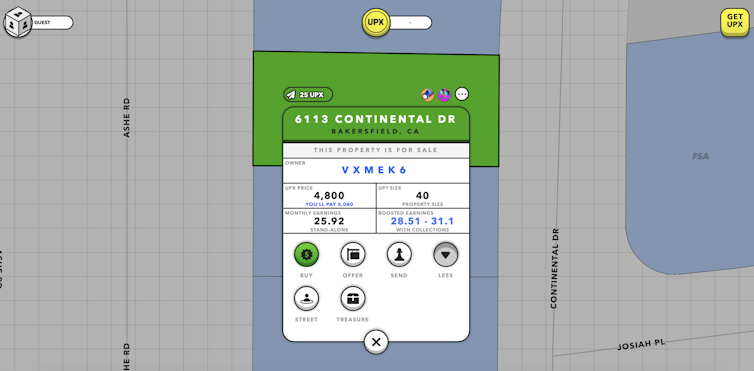
Facebook’s announcement speaks to its attempts to envision what social media within the metaverse might look like.
It also helps that “metaverse” is a poetic term. Academics have been writing about a similar idea under the name of “extended reality” for years, but it’s a rather dull name.
“Metaverse”, coined by science fiction writer Neal Stephenson in his 1992 novel Snow Crash, has a lot more romantic appeal. Writers have a habit of recognising trends in need of naming: “cyberspace” comes from a 1982 book by William Gibson; “robot” is from a 1920 play by Karel Čapek.
Read more: Do we want an augmented reality or a transformed reality?
Recent neologisms such as “the cloud” or the “Internet of Things” have stuck with us precisely because they are handy ways to refer to technologies that were becoming increasingly important. The metaverse sits in this same category.
Who Benefits From The Metaverse?
If you spend too long reading about big tech companies like Apple, Facebook, Google and Microsoft, you might end up feeling advances in technology (like the rise of the metaverse) are inevitable. It’s hard not to then start thinking about how these new technologies will shape our society, politics and culture, and how we might fit into that future.
This idea is called “technological determinism”: the sense that advances in technology shape our social relations, power relations, and culture, with us as mere passengers. It leaves out the fact that in a democratic society we have a say in how all of this plays out.
For Facebook and other large corporations, determined to embrace the “next big thing” before their competitors, the metaverse is exciting because it presents an opportunity for new markets, new kinds of social network, new consumer electronics and new patents.
What’s not so clear is why you or I would be excited by all this.
A Familiar Story
In the mundane world, most of us are grappling with things like a pandemic, a climate emergency, and mass human-induced species extinction. We are struggling to understand what a good life looks like with technology we’ve already adopted (mobile devices, social media and global connectivity are linked to many unwanted effects such as anxiety and stress).
So why would we get excited about tech companies investing untold billions in new ways to distract us from the everyday world that gives us air to breathe, food to eat and water to drink?
Metaverse-style ideas might help us organise our societies more productively. Shared standards and protocols that bring disparate virtual worlds and augmented realities into a single, open metaverse could help people work together and cut down on duplication of effort.
In South Korea, for example, a “metaverse alliance” is working to persuade companies and government to work together to develop an open national VR platform. A big part of this is finding ways to blend smartphones, 5G networks, augmented reality, virtual currencies and social networks to solve problems for society (and, more cynically, make profits).
Similar claims for sharing and collaboration were made in the early days of the internet. But over time the early promise was swept aside by the dominance of large platforms and surveillance capitalism.
The internet has been wildly successful in connecting people all around the world to one another and functioning as a kind of modern Library of Alexandria to house vast stores of knowledge. Yet it has also increased the privatisation of public spaces, invited advertising into every corner of our lives, tethered us to a handful of giant companies more powerful than many countries, and led to the virtual world consuming the physical world via environmental damage.
Beyond The One-World World
The deeper problems with the metaverse are about the kind of worldview it would represent.
In one worldview, we we can think of ourselves as passengers inside a singular reality that is like a container for our lives. This view is probably familiar to most readers, and it also describes what you see on something like Facebook: a “platform” that exists independently of any of its users.
In another worldview, which sociologists suggest is common in Indigenous cultures, each of us creates the reality that we live in through what we do. Practices such as work and rituals connect people, land, life and spirituality, and together create reality.
A key problem with the former view is that it leads to a “one-world world”: a reality that does not permit other realities. This is what we see already on existing platforms.
The current version of Facebook may increase your ability to connect to other people and communities. But at the same time it limits how you connect to them: features such as six preset “reactions” to posts and content chosen by invisible algorithms shape the entire experience. Similarly, a game like PlayerUnknown’s Battlegrounds (with more than 100 million active users) allows limitless possibilities for how a game might play out – but defines the rules by which the game can be played.
The idea of a metaverse, by shifting even more of our lives onto a universal platform, extends this problem to a deeper level. It offers us limitless possibility to overcome the constraints of the physical world; yet in doing so, only replaces them with constraints imposed by what the metaverse will allow.![]()
Nick Kelly, Senior Lecturer in Interaction Design, Queensland University of Technology
This article is republished from The Conversation under a Creative Commons license. Read the original article.
Thinking of taking a language in year 11 and 12? Here’s what you need to know
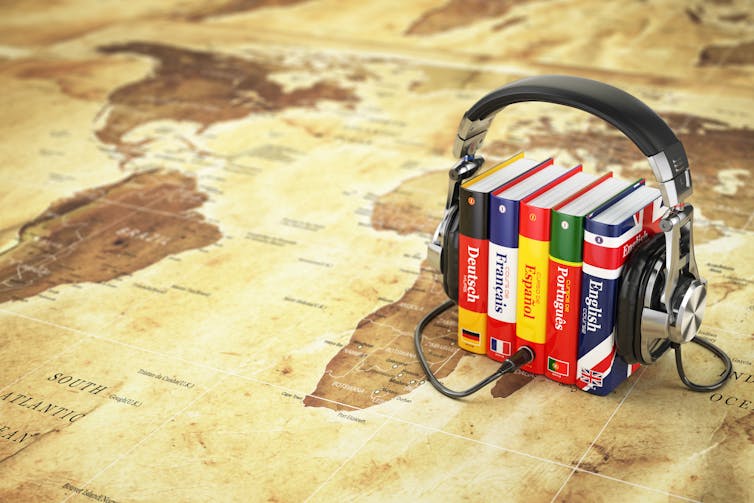
This article is part of a series providing school students with evidence-based advice for choosing subjects in their senior years.
Some students elect to study languages in their senior years because of personal interest, or because they have previously been successful in language learning. Others may choose to do so because of future career plans, or because they wish to further their studies at university.
Other important influences on students’ decisions are perceived cognitive benefits. Studying languages can lead to more effective thinking skills and enhanced intercultural understanding.
Research shows high achieving students in capital cities are most likely to study a language in years 11 and 12. This is particularly the case for students whose parents were born overseas in non-English speaking countries.
Girls are more likely to do languages than boys — research suggests they are just more motivated to do so.
If you’re thinking of studying a language in years 11 and 12, here’s what you should know.
Few Students Choose To Study A Language
In Australia, 10% of year 12 students studied a language in 2019. This compared with enrolments of 77% and 71% for the most popular learning areas, English and maths. The visual and performing arts were the second-least popular at 25%. In other parts of the world, however, language learning is on the up. So if you’re looking to broaden your horizons, learning a language is a good way to go.
We don’t know the exact reasons for the low enrolments. One reason could be that the language a student wants to learn isn’t always available. For example, the majority of students who study Indonesian at the primary level don’t continue when they enter secondary school, often because it’s no longer available.
Among students who do decide to study a language in years 11 and 12, the most popular choices are Chinese (22%), Japanese (20%) and French (18%).
Chinese is the second most widely-spoken language in Australian homes after English, which may be one reason for its popularity. But there are many factors that influence the popularity of a language, such as students of French being interested in French culture.
What Can You Do With Languages?
If you’re planning on going to university, learning a language will give you a leg up in the applications. Some Australian universities actually offer bonus ATAR points to students studying a language. For instance, ANU will bump your score up by five points if you take a language.
There are many career pathways available to language graduates. Teaching, interpretation, translation and diplomacy are some of them.
Read more: Learning languages early is key to making Australia more multilingual
A quick search on Seek throws up more than 4,000 jobs requiring language expertise including for lawyers, technical support engineers, sales representatives and market data analysts. Other options include finance, media, public relations, tourism, consulting, marketing, charity work, international business, foreign affairs or government work. Kevin Rudd’s knowledge of Mandarin gave him an edge as foreign affairs minister.
Many industries will welcome language graduates because they bring intercultural skills, which are crucial in our globally connected world. Plus, a second language can allow you to travel the world while developing your career.
What Will You Learn In The Senior Years?
What you will learn depends on which school you go to, what state you live in and which language you choose.
In most senior courses, you’ll not only learn the language but also its associated culture. For instance, in Victoria the senior language curriculum is organised into three broad themes:
the individual, which looks at cultural topics such as relationships, educational aspirations, and leisure and sports
the (language)-speaking communities, where you explore aspects of the history and the culture, arts and entertainment, lifestyles and ways of life
the changing world, where you engage with social issues, youth issues, environmental concerns and work.
Across these themes you will gain historical insight into the language and its speakers. You will likely explore the art, literature and music that have grown out of these language communities, consider social issues, such as the role of women, and engage with issues such as the culture’s value systems on relationships.

Most of this learning happens through the actual language, so you’re growing your knowledge and understanding of culture, society and history, while developing your language skills.
How fluent you become by the end of year 12 depends on many factors, including how many years you’ve been studying the language and how much effort you put in.
Read more: Is your kid studying a second language at school? How much they learn will depend on where you live
If you’ve been learning a language all the way through high school, by the end of year 12, you could aim for level B1 in an international certificate known as the Common European Framework of Reference for Languages (CEFR). This means you can deal with most situations you encounter while travelling, you can talk about your experiences and ambitions and explain your opinions, and you can understand the main points on things you regularly come across at work, school or elsewhere.
Is It Better To Take A Language You’ve Already Been Learning?
If you take the same language in the senior years as you have all through school, you will obviously benefit from already knowing a lot of the language as well as its grammatical structure.
But you could also take the opportunity to learn a different language, which will be easier to grasp now that you’ve already studied one.
Language learning involves developing knowledge about how language works. For instance, if you learn French throughout high school, you will develop a detailed and technical knowledge of the grammar of both English and French.
You could transfer your knowledge of how the French grammatical system works to another language.

What Do The Exams Look Like?
The structure of senior language exams differs slightly depending on the state you are in. But generally the exam will require students to read and respond to both written and oral texts.
The written exam may include reading a passage in the language and answering questions to demonstrate comprehension of the text’s ideas or arguments. There will also be questions that involve composing texts in the language, such as an email, a description of an event such as a holiday or a letter to a friend.
Read more: What languages should children be learning to get ahead?
The oral texts are often pre-recorded and played to students several times. After listening to the oral texts, students are often asked to answer questions (in English or the target language). The oral exam may also include a conversation with the examiners and/or a discussion with the examiners on a prepared topic.
Read the other articles in our series on choosing senior subjects, here.![]()
Mairin Hennebry-Leung, Lecturer in Languages and TESOL, University of Tasmania; Andy Bown, Lecturer in Languages, University of Tasmania, and Megan Short, Program Director, Postgraduate Coursework Lecturer, Language & Literacy, University of Tasmania
This article is republished from The Conversation under a Creative Commons license. Read the original article.
I’m training to become Australia’s first woman astronaut. Here’s what it takes

I’m currently training to become Australia’s first woman astronaut. I expect to fly my first suborbital mission sometime in 2023 as a payload specialist on a commercial mission. In other words, I’ll be one of few certified crew members who can handle specialised scientific equipment aboard a suborbital spacecraft.
Once we’re up there, my team and I expect to conduct research on Earth’s atmosphere. It’s an opportunity I consider out of this world. But it has taken a lot of effort for this dream to be realised.
My Path To PoSSUM
As a female STEM and legal professional, my past jobs included working as a research scientist in mining and metals for BHP-Billiton, Rio Tinto and the Australian Nuclear Science and Technology Organisation (ANSTO) — but I always loved space.
After combining my science degree with two law degrees, I won a scholarship for the International Space University. I eventually received an Australian Government Endeavour Executive Award for a project at the NASA Kennedy Space Centre. With this I pivoted towards a career in the space industry, and have never looked back.

I was selected as a PoSSUM (Polar Suborbital Science in the Upper Mesosphere) Scientist-Astronaut candidate and global ambassador for 2021. PoSSUM is a non-profit US astronautics research and education program run by the International Institute for Astronautical Sciences (IIAS).
The program uses next-generation suborbital spacecraft to study the upper atmosphere and its potential role in global climate change. Generally speaking, a suborbital spaceflight is any flight that reaches an altitude higher than 80km, but doesn’t escape Earth’s gravity to make it into orbit.
Anything above 80km is deemed “space” under US legislation, although some nations (including Australia) don’t agree with this and the debate about where “space” begins — also called the Kármán line — remains ongoing.
Last month, commercial space tourism companies Blue Origin and Virgin Galactic completed the very first suborbital spaceflights carrying passengers (without research). This was an incredible achievement, which many have said could mark the beginning commercial space tourism.

Read more: Keen to sign up for space tourism? Here are 6 things to consider (besides the price tag)
Preparing For Every Possibility
To graduate as a PoSSUM Scientist-Astronaut candidate, there are several academic and flight training components I must complete before I can head into space.
During academic training in 2020, I covered topics such as spaceflight physiology (what happens to the body in space), spaceflight life support, atmospheric science and spaceflight research equipment.
My flight training later this year will involve spending days with former NASA astronaut instructors and PoSSUM team scientists. On day one, we’ll begin to use the spaceflight simulator which is currently set up as the Virgin Galactic Unity 22 vehicle.
In the days that follow, we will receive high-G training, crew resource management training, high-altitude training and equipment training which will be crucial to conduct our research. We’ll learn how to operate a series of instruments to measure physical atmospheric properties.
We will also need to know our way around the spacesuits, which will be similar to those used by NASA. The famous orange suits are a life-support system for astronauts. Astronauts in orbital and suborbital spaceflights must wear them during launch, flight and return in case they have to exit the spacecraft in an emergency, or in case the spacecraft depressurises.

We’ll need to learn how to manage unexpected events such as decompression, too. This is when the pressure inside a spacecraft or spacesuit is reduced by a leak. If pressure becomes too low, breathing oxygen can be forced out of the suit. The astronaut will then experience hypoxia (a lack of oxygen in body tissues), which can be deadly.
Or let’s say we’re not able to land where we planned to; the training will cover how to manage a water landing and a fast exit from the vehicle. We must be prepared in case one of the electrical or physical systems fails, causing a hazardous environment.
Nobody likes to imagine things going wrong, but planning for emergencies is necessary.
A ‘Steep’ Learning Curve Aboard Parabolic Flights
It’s likely I will complete my first research flight to space on the Virgin Galactic vehicle — but given the rate of spacecraft development, it could be another similar craft.
Launching aboard a spacecraft subjects the human body to a variety of forces. Learning to identify and manage changes caused by these forces is critical. On day four of training I will climb into an aerobatic aircraft with a cruise speed of 317km per hour, in which I will practice using equipment and techniques to avoid blackouts during aerobatic flight.
The final test will be a series of parabolic flights simulating microgravity aboard a different aircraft. In parabolic flights, an aircraft repeatedly climbs steeply, then enters a deep dive, to create weightlessness for up to 40 seconds. This is repeated 20-25 times during the flight to demonstrate weightlessness in space. Experiments are conducted during weightlessness.
The last day of training will involve using virtual and augmented reality to practise planning space missions. We’ll be able to work on any aspect of the training we feel is needed before our final evaluation.
If all goes to plan, I will graduate with FAA (Federal Aviation Administration) qualifications as a spaceflight crew member for any space vehicle in the US (orbital and suborbital). Both my training and the work I will do aboard my first suborbital flight as a payload specialist fall within the guidelines outlined in the FAA’s advisory circular released on July 20.
If there are no further changes to the eligibility requirements or criteria, I could be nominated to receive Astronaut Wings once the mission is complete.
Why Do Research In Space Anyway?
But what’s the big deal when it comes to research in space? Well, for one, spaceflight allows researchers to observe how materials behave in the absence of gravity.
Studying how materials behave in weightless environments has proven immensely useful for scientists. For instance, studying how a virus replicates in space could help scientists develop better vaccines and treatments for diseases such as COVID-19.
Most people have heard of the International Space Station (ISS): the football-field sized laboratory in space which constantly orbits Earth. Generally, only space agency astronauts from the US, Russia, Japan and Europe will travel to and from the ISS in various orbital spacecraft (rockets). Doing research on the ISS is expensive, slow and subject to long wait times.
Australian companies can benefit from research opportunities offered by suborbital flights in the USA. Being able to complete human tended research on a suborbital research flight is a much more affordable option, and is therefore a game changer. It means small companies that couldn’t previously afford spaceflight can now get in the game.
It’s an honour for me to be able to train for this mission and hopefully bring the space dream closer to Australia. And by teaching space technology and law, I look forward to playing my part in advancing the next generation’s access to space.
Read more: As if space wasn't dangerous enough, bacteria become more deadly in microgravity ![]()
Kim Ellis Hayes, Senior Lecturer in Space Research & Law / In training as Suborbital Spaceflight PoSSUM Astronaut Candidate Graduate, Swinburne University of Technology
This article is republished from The Conversation under a Creative Commons license. Read the original article.
What Olympic athletes can teach us about regulating our emotions and staying dedicated

Olympians are often seen as the epitome of human performance, with incredible physical and mental strength. And with the 2020 Tokyo Olympic games well underway, it’s hard to not be impressed by the sheer talent and determination of athletes competing from all over the world.
For many of us non-Olympians, the thought of possessing such capabilities is but a dream. But research in sport psychology suggests there are indeed some skills we can learn from the experts, as long as we’re willing to put in the work ourselves.
What Makes An Olympic Athlete?
Being an Olympian not only requires immense physical talent but also an incredible amount of psychological control. Sport psychologists have spent decades trying to identify the key psychological ingredients that make the world’s greatest athletes great.
For one, elite athletes display high levels of passion and commitment towards their sport. They also tend to believe in their own abilities more than the average person - which can protect them against the negative effects of stress.
Resilience and determination help them bounce back from defeat. A case in point: after competing in three prior Olympic games, British diver Tom Daley recently won his first ever Olympic gold medal in Tokyo.
While competing, athletes must effectively regulate their emotions and attention to ensure best performance. Not keeping their emotions in check may compromise their performance under pressure — a phenomenon often referred to as “choking”.
The withdrawal of gymnast Simone Biles from the US women’s team and all-round finals to focus on her mental health has highlighted to the whole world how important it is for athletes to be aware of their emotional and psychological functioning.
But How Is Discipline Developed?
While genetics do play a role in shaping an elite athlete, life experiences and environmental factors are also very important. Characteristics such as self-efficacy (your belief in your ability to perform a task) develop through experience and continued support from others.
Read more: Tokyo Olympics: what are the limits of human performance? Podcast
Studies show enabling a supportive environment which promotes free will, emotional expression and non-controlling feedback is important for enhancing athletes’ psychological well-being.
This type of environment fosters what we call “autonomous motivation”, which is the motivation to perform an action based on one’s own interest or enjoyment. Research has shown behaviours that are autonomously motivated are more likely to be maintained long-term.
Olympic champions often deal with multiple stressors relating to their sports performance, occupation and personal lives. But their work requires them to develop resilience and approach stressors as challenges to be overcome.
An athlete’s performance can also be impacted by a variety of environmental cues including their peers, opponents, training facilities, training activities and their coach. Coaches therefore have a particularly important role in shaping an athlete’s environment and promoting high performance.
Adopting An Elite Mindset
Whether or not you’re training for the 2024 Paris Olympics, adopting some of the psychological skills used by Olympians can help you maintain focus and motivation in your own life.
Whether you want to exercise more, reduce your alcohol intake, or maybe be more productive at home or work — the following techniques can help you adopt an elite mindset.
1. Goal-setting
Elite athletes often set short-term and long-term goals. Setting “SMART” goals (specific, measurable, attainable, realistic and time-bound) can help you achieve those small wins to keep you motivated as you progress towards a greater goal.
When setting goals for yourself, try to make them meaningful by linking them to values you care about. For instance, you might wish to prioritise your health, or academic achievement. Doing so can help boost your motivation to achieve your goals.
2. Planning
Obtaining a goal can often take considerable time and effort, as we see with athletes preparing for the Olympics. Planning is an important psychological skill that can help you regulate your behaviour as you move toward your goals.
Consider creating detailed action plans which outline when, where and how you will progress toward your goal. Your action plan may look like this:
Every afternoon at 3:00pm (when) I will drive to the local swimming pool (where) and swim for 45 minutes (how).
In addition, creating detailed coping plans will help prepare you for potential challenges that may impede goal attainment. For instance:
If the pool is too busy, I will go for a 45-minute run through the park instead.
3. Positive self-talk
Many athletes engage in reflective practices such as self-talk to help them focus or concentrate on the task at hand.
Identifying positive key words or phrases such as “I can do it” and “I’m almost there” can help redirect your attention and increase motivation to persevere through difficult or challenging situations. Positive self-talk can also help enhance your self-efficacy, which is a strong predictor of various positive outcomes.
4. Mental imagery
Before running towards the vault or executing a serve in volleyball, athletes often use mental imagery to visualise their performance. Visualising the steps needed to perform an action or reach your goal can boost motivation and anticipated pleasure from completing the planned activity.
Read more: The power of no: Simone Biles, Naomi Osaka and Black women's resistance
So the next time you sit back to watch the world’s best compete for glory, think about how you too can adopt the mindset of an Olympian, and feel motivated to excel in your own way.![]()
Thomas Hannan, Postdoctoral research fellow, Griffith University
This article is republished from The Conversation under a Creative Commons license. Read the original article.
Support For Senior Australians As COVID-19 Restrictions Continue
- Older Persons COVID-19 Support Line - 1800 171 866
- Australian Centre for Grief and Bereavement - 1800 22 22 00
- My Aged Care Contact Centre - 1800 200 422
- Older Persons Advocacy Network (OPAN) - 1800 700 600 www.opan.com.au
- HeadtoHealth - www.headtohealth.gov.au
- Beyond Blue - 1800 512 348 or www.coronavirus.beyondblue.org.au
- Lifeline - 13 11 14 or www.lifeline.org.au
- Open Arms - 1800 011 046 or www.openarms.gov.au
Four ways older adults can get back to exercising – without the worry of an injury

We naturally lose muscle mass as we get older. This process starts around the age of 36, and by the time we are 80 we’ve lost about 50% of our muscle mass. Long periods of inactivity can also cause us to lose a greater amount of muscle mass than we might normally. This has been the case during the COVID-19 pandemic, as many of us were less able to exercise as much as we use to do.
While most young people will be able to bounce back and regain their muscle mass easily, it may not be as easy for older people. This is because it can be more difficult to gain muscle mass as we age due to the changes in muscle structure, and doing too much too quickly can result in serious injuries. This is why older people need to get the balance right when easing back into exercise again.
Maintaining Muscle Mass
Maintaining muscle is important for many reasons. As we age, frailty can make it more difficult for us to be independent and do the things we need to do each day – from going shopping to meeting our friends. Being active maintains a healthy musculoskeletal system whilst also protecting us from some diseases, such as type 2 diabetes. Research also shows that strong active muscles can help prevent falls and lower injury risk.
But while it may be tempting to hit the gym and start lifting weights now that many COVID-19 restrictions have eased in the UK, if it’s been a while since you last exercised regularly, it’s important to ease back into things. Weak and de-conditioned muscles take time to build strength and doing too much vigorous, repetitive exercise can overload muscles and joints that have not been trained, leading to injury.
Here are a few ways to get moving again without injuring yourself:
1. Progress slowly.
It’s best to gradually return to activity so you don’t overdo things or injure yourself. A staged approach, where you slowly introduce different exercises, will allow your muscles to recover between each session. Beginning with basic exercises around the house is a good starting point.
Then increasing the number and type of exercises you do can also help you from getting fatigued and losing form – which are prime conditions for an injury to occur. For example, starting with a short walk that then gets longer and progresses to a hill or rougher terrain allows for slow and persistent challenges for your body to become accustomed to while still helping you stay interested in exercising.
2. Reduce the time you spend sitting.
Long periods of sitting, if you have had to isolate or if you are working from home, significantly reduces muscle activity – and therefore muscle mass. So if you haven’t kept exercising during the pandemic, you can’t expect to pick up where you left off.
Take frequent breaks between meetings and introduce a walk at lunch. Stretching and moving around after long periods of sitting prevents fatigue and shortening of muscles – which can improve posture and balance, too.
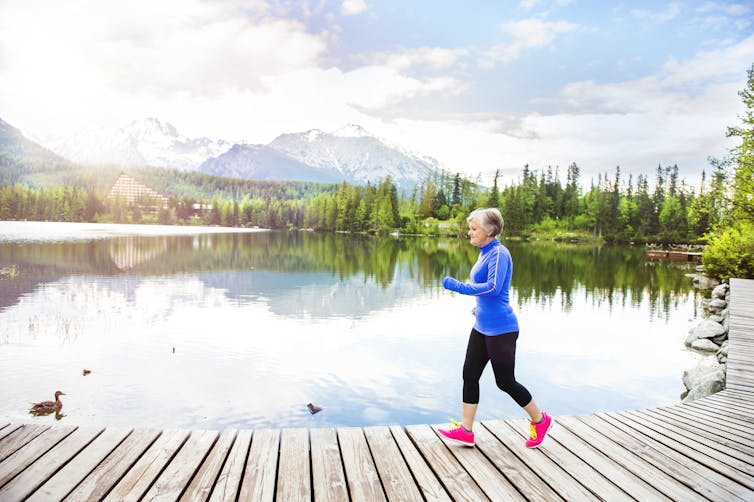
3. Shake up the exercises you do.
Intense repetition of the same movement or activity can cause wear and tear, often referred to as repetitive strain. This is why it’s important to do different exercises, instead of the same thing every day. Alongside cardio workouts, which have benefits for our heart, lung, and circulatory system, try strength training.
Challenging our muscles as we get older with weight lifting and resistance training not only improves neuromuscular function – the communication between the brain and muscles – but improves balance and mobility too. Taking part in exercises that work your cardiovascular system as well as strengthen muscles improves overall wellbeing.
4. Work on the small things.
It’s important to work on our big prime muscles – such as our glutes or quads – with walking, running and gym exercises. But it’s just as important to work on our small postural muscles too.
For example, the small intrinsic muscles in our feet play an important role in improving strength and balance. Gripping a soft ball between your toes is an easy way to improve these small foot muscles.
Having stability within the joints of your body from postural muscles also allows for these big muscle groups to do their job when walking, running or at the gym. Paying attention to these core postural muscles with activation and control exercises will help prevent injury.
If you’re looking to get back to a regular exercise routine after many months off, it’s important to make sure you take things slow and change up your routine often. Developing a healthy balance of cardiovascular, strength and resistance training as well as core stability work will improve your musculoskeletal health as well as helping your overall health whilst preventing injury.![]()
Helen Branthwaite, Senior Lecturer, Clinical Biomechanics, Staffordshire University
This article is republished from The Conversation under a Creative Commons license. Read the original article.
Scientists Find The Missing Link In Our Body’s Blood Pressure Control
Dodgy tree loppers are scamming elderly homeowners and hacking up healthy trees. Here’s what you need to know

Have you had a knock on the door or perhaps a card in your letterbox telling you the trees in your garden are dangerous and need urgent work? Maybe you’ve been a bit worried about the trees, which seem to be getting bigger each year, and think: “Well, it can’t do any harm […] can it?”.
Unfortunately, deciding to take action might cause harm to the trees or significant financial loss to you.
There are some serious scams in several states involving knock-on-the-door tree loppers who pressure elderly home owners for work. This has led to petitions from victims and some local governments seeking to have tree loppers licensed. Some of these cases involve thousands of dollars and very poor quality work with potentially dangerous outcomes.
As a tree scientist who works with urban trees, I can assure you some large, old trees are well worth leaving alone, even you find them annoying sometimes. So if you are going to prune trees in your garden, especially healthy old trees, make sure you do it well.
Hiring a good arborist
Trees are large and sophisticated organisms, and people who work on them need to be qualified so they know how trees will respond to their actions. Otherwise, there’s a risk that work done on trees could actually make its structure unsound and unsafe.
There are many well-trained arborists in most Australian states who can work on your trees.
But how do you judge the good from the bad? Here are a few tips on what to look for in employing a good arborist.
First, a good arborist will have TAFE or university qualifications in arboriculture (at least a certificate Level 4), and substantial public liability insurance cover (at least A$10 million and most will have a A$20 million policy). Be sure to check your home insurance policy as tree work may not be covered, and if something goes seriously wrong it can be very costly.
Read more: An act of God, or just bad management? Why trees fall and how to prevent it
Second, trained arborists won’t work on large trees or off the ground on their own. There will always be a crew of at least two, regardless of whether they’re using travel towers or ropes and harnesses to access a tree. They’ll also explain exactly what they propose doing to your tree and why.
And finally, most good arborists won’t describe themselves as tree loppers and will prune rather than lop your trees. Pruning is a targeted approach to tree management, while lopping is a wholesale removal of branches and foliage that can lead to problems in the months and years ahead.

So where can things go wrong? It’s not uncommon for elderly people to become worried about big, old trees that are perfectly safe, then have them removed and then find their property value has significantly declined at a time when they need assets most.
The unnecessary removal of a large old tree destroys an asset that has taken years of care. Its removal may seriously reduce your property value by up to 5% or $10,000 if the tree is a significant component of your garden.
When you feel ‘treegret’
Indiscriminately lopping a tree’s canopy — which can leave little or no foliage and greatly reduces branching — may seem like a good way to eliminate the risk of shedding leaves, fruits and dropping limbs.

But if it’s done to a healthy tree with a sound structure, you can create the very problem you were seeking to avoid: greater shedding and the development of a dangerous canopy.
This is because after severe lopping, many trees respond by producing lots of new shoots, called epicormic shoots. You may have seen these growing after fires. Epicormic shoots can be weakly attached to the trunk or larger branches of the tree in their early years and, if they’re not managed properly, the heavier shoots can shed substantially.
In any case, is the tree really so bad?
Many people are very aware of the things that annoy them about their trees — dropping leaves, flowers and fruits, blocked gutters and even cracked fences and paths.
They often forget or are unaware of the benefits these same trees provide. This includes shade in summer, moderating strong winds, which protects their roofs during storms or the value of tree roots systems in stabilising soil on steep house blocks.
You may only become aware of the value of these services after the tree has been removed – you acted in haste, but may regret the loss over the many years it takes to grow a replacement tree. This is treegret!

Ask the right questions
You can be doing the right thing when you decide to get work done that improves the appearance, structure or heath of a valuable old tree in you garden.
A branch may be growing too close to your home, a low branch may block access for vehicles or pedestrians, or you may have dead or diseased limbs posing a risk to the tree and a hazard to people.
Read more: Here are 5 practical ways trees can help us survive climate change
But next time there’s a knock at your door and you have the chance to greet a tree lopper, don’t forget to ask them if they’re qualified. Ask how large their public liability insurance policy and what size crew will be working on your job.
And then ask them exactly what they propose to do to your tree.
I have asked all of these questions and been told of qualifications I know don’t exist, come from institutions that don’t train arborists, and of plans to lop or top my trees that I know will leave them less safe.![]()
Gregory Moore, Doctor of Botany, The University of Melbourne
This article is republished from The Conversation under a Creative Commons license. Read the original article.
In Memory Of Hal Wootten, Founding Dean Of UNSW Law & Justice


“Life is not about the pursuit of wealth... It is about nurturing and respecting that precious self, and realising its potential to do worthwhile things, however small the nudges you give to the world may seem.”
NSW Government Powers On Hillston Radar
- tracking of the location and strength of wind changes using Doppler technology
- improved rain image quality
- improved severe storm prediction by detecting weather systems such as tornadoes and intense rain during storms that can cause damage
- enhanced information for emergency services with better fire plume height estimation and detection of fire-generated thunderstorms
- increased accuracy and reliability of the radar.
Learning Foreign Languages Can Affect The Processing Of Music In The Brain
Exercise Improves Health Through Changes On DNA
Testing And Treating Newborns For Spinal Muscular Atrophy: Saving Lives And Healthcare Costs
Reducing The Cost Of Medicines Through New PBS Listings
Why Uncertainty Makes Us Change Our Behaviour -- Even When We Shouldn't
Common Weed Could Spell Bellyache For Gluten Intolerant
Pacific nations grapple with COVID’s terrible toll and the desperate need for vaccines
Patricia A. O'Brien, Georgetown UniversityFiji now heads the grim list of Pacific nations counting their dead from coronavirus, having just passed Papua New Guinea’s toll. So far, 254 Fijians have died from the disease, and the nation is recording 1,000 new cases every day.
But numbers are an inadequate and inaccurate way to calculate the cost of the pandemic in the Pacific. Even in the Pacific’s COVID-free countries, the pandemic casts an ominous shadow.
The Delta variant has drastically altered the situation for the Pacific. It was first detected in Fiji in April and spread quickly. This is despite Fiji being the first Pacific nation to receive AstraZeneca vaccines through the COVAX program in March.
The Bainimarama government is being blamed for not executing a rapid mass vaccination campaign and not sufficiently locking down the nation. The other contagion accompanying coronavirus around the globe – misinformation – has also been blamed for widespread Fijian vaccine reluctance.
Now Fiji’s government is desperately fighting to contain the outbreak. Fears are circulating that it is facing a repeat of the 1875 measles epidemic that killed about 40,000 people.
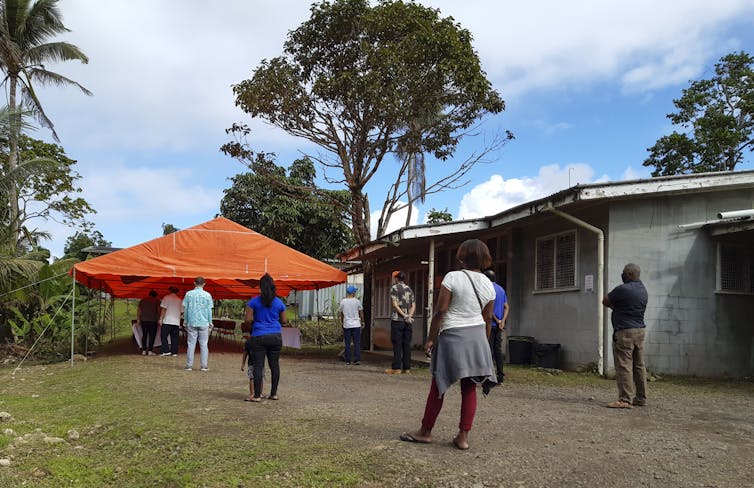
A mandatory vaccination order was issued on July 8 to all government workers. Non-compliance will be punished by job loss. Currently, 25% of Fijians are fully vaccinated. The government has also expanded curfews for the main island and the outbreak epicentre, Viti Levu.
Beyond the urgency of saving lives and halting the disease’s spread, Fiji is also economically devastated by the pandemic. Most Pacific borders were closed by March 2020, instantly cutting the economic lifeblood of tourism.
Being a Pacific hub, Fiji is a dangerous launching point for the Delta strain to other nations. In early July, for example, nine travellers from Fiji arrived in New Zealand infected with COVID-19.
Read more: The Pacific went a year without COVID. Now, it's all under threat
The Solomons And Vanuatu
Repatriating students and their families from Fiji remains a serious concern for both the Solomon Islands and Vanuatu. The Solomons has decided to repatriate some, but most will remain in Fiji until more vaccines have been administered at home (currently under 3% are fully vaccinated).
Vanuatu’s low vaccination rate of under 8% also makes the return of students a perilous decision for lawmakers. Like Fiji, it is now considering a “no jab, no job” policy.
In addition to the risks posed by Fiji, both nations have had numerous scares from infected shipping crews. All Pacific nations must contend with this border vulnerability.
Papua New Guinea
The havoc unfolding in Fiji is bad news for Papua New Guinea. Though PNG recorded its first COVID-19 case in March 2020, it was not until one year later that a health crisis erupted.
PNG’s official toll is almost certainly the tip of the iceberg, as COVID testing was scaled back once vaccinations became the main focus for health authorities. And this was before PNG’s first confirmed case of the Delta variant was announced on July 16.
Again, mass vaccinations are PNG’s only defence. Vaccine donations have arrived from various sources, but only about 1% of the population is fully vaccinated according to available government reporting.
Australia has already donated thousands of doses to PNG and other Pacific nations, but with a reported stockpile of 3 million unused doses of AstraZeneca, the Pacific nations would be obvious places to send these.
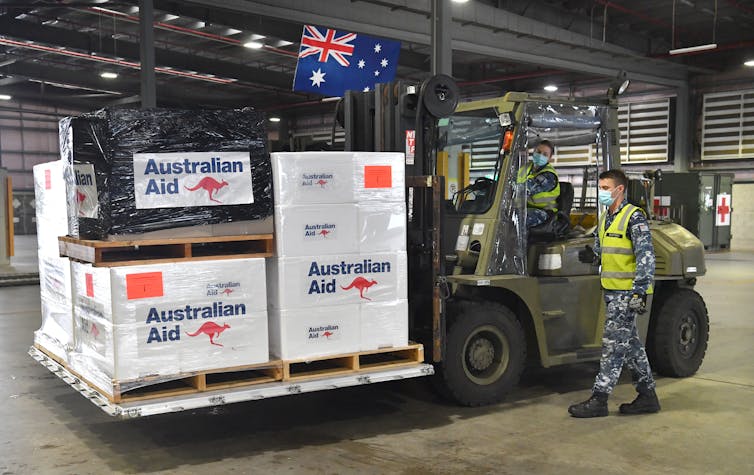
Papua And West Papua
Over PNG’s border with Indonesia, COVID-19’s spread is clashing with another surge in political unrest. Tensions had been building again following the rebel killing of an Indonesian general in April. Then Indonesian legislators voted on July 17 to again controversially reshape Papua.
Protests occurred at the same time the Delta variant entered the community. Police controls limiting movements into rebel areas, ostensibly to curb COVID, have increased.
Papuan activists are concerned vaccine distribution will be withheld from rebel populations as an Indonesian tactic to further weaken them. West Papua leader Benny Wenda has called on the West to vaccinate Indigenous Papuans because COVID is an additional existential threat to his people. Wenda’s fears may have foundation. The Papua province has the lowest vaccination rates in Indonesia, at about 6%.
Elsewhere In The Pacific
The news is better in other parts of the Pacific. Numerous Pacific nations, including Tonga, Palau, Federated States of Micronesia and American Samoa, have not recorded any confirmed COVID cases. Kiribati recently reported its first case, matching Samoa’s record to date.
The natural isolation of many Pacific populations will protect them for only so long. Analysis of the 1918 influenza epidemic shows outbreaks persisted in the Pacific through to 1921. When it reached the phosphate-mining island of Nauru in 1920, it killed 18% of the local populace.
A century later, Nauru has vaccinated all its adults against COVID and claims this as a “world record”.
Niue has also achieved herd immunity thanks to New Zealand’s swift donation of Pfizer vaccines, a process now being repeated in Tokelau. The Cook Islands, with its more complex geography, nonetheless has a high vaccination rate (55%) sustaining the travel bubble with New Zealand that opened in May 2021.
In the US territory of Guam, where the first COVID death in the Pacific was recorded in March 2020, tourism and vaccinations have merged in a different way. Travellers from Taiwan began taking “vacation and vaccination” trips from early July. While Guam recently reached 80% vaccinated, it also recorded its 142nd death attributed to the pandemic.
Like Guam, Palau got fast and adequate supplies of vaccines because of its freely associated relationship with the US. This has shielded them from the pandemic with near herd immunity.
Yet Hawaii is seeing the same recent surge as is afflicting mainland US. The Delta variant and July 4 parties have combined to unleash what President Joe Biden called a “pandemic of the unvaccinated”.

This latest surge, like earlier ones, disproportionately impacts Native Hawaiians and Pacific Islander communities living in the US by a substantial degree.
COVID has devastated the US-based Marshall Islands community, especially in Arkansas, so alarming health officials they investigated it in 2020.
French Polynesia has grappled with the costs of an operating tourist industry since early 2020. Twice, borders have been closed when cases numbers and deaths rose, and then reopened. Now President Edouard Fritch is calling for compulsory vaccinations.
In New Caledonia, COVID has complicated a fractious political situation as it heads towards its final referendum on independence from France in December. In February 2021, a budget crisis exacerbated by COVID’s economic impact led to the collapse of the government. In July, the territory elected its first Kanak pro-independence leader in 40 years, increasing the likelihood of a vote to break with France.
COVID has also added complications to the protracted political crisis in Samoa that ended on July 26. Closed borders prevented non-resident voters returning to cast ballots in the April 9 election that saw Fiame Naomi Mata’afa become prime minister.
Read more: Samoa’s first female leader has made history — now she faces a challenging future at home and abroad
Samoa has seen the same economic and social stresses due to COVID as elsewhere in the region. Many saw the introduction and extension of emergency powers by the now-defeated government (despite having only one case and no deaths) as another move towards autocracy. The political crisis has been a drag on all Samoan government functions, not least a sluggish vaccine rollout.
In Another Disaster, COVID Pushes Climate Change To The Backburner
Every Pacific nation faces its own challenges due to COVID. The region also has shared ones. The Pacific Islands Forum lost one-third of its members in February 2021 in part because meetings were held virtually. The fracturing of this regional body comes at a bad moment, not least in the fight against climate change.
Until COVID, this was the immediate existential crisis facing the region. Now activist worry climate change initiatives have stalled at the long-term peril of the region. As the Federated States of Micronesia president has argued, “economies can die and be revived but human beings cannot”. Whether this also applies to the planet remains to be seen.![]()
Patricia A. O'Brien, Visiting Fellow, School of History, Australian National University, and Adjunct Professor, Asian Studies Program, Georgetown University
This article is republished from The Conversation under a Creative Commons license. Read the original article.
Accelerated jabs for younger people after Doherty modelling shows it’s vital to vaccinate them quickly
Michelle Grattan, University of CanberraThe government is set to tweak its vaccination timetable to accelerate jabs for those aged 30 to 39, after Doherty Institute modelling showing it is vital to get younger adults quickly vaccinated, because they are high COVID transmitters.
Those in their 30s and 20s – scheduled for the Pfizer vaccine – are at the back of the queue under the rollout plan, becoming eligible from September-October, according to the man in charge of the rollout, General JJ Frewen, speaking some weeks ago.
With Pfizer in short supply, they are now under some pressure, including from Scott Morrison and changing health advice, to take the AstraZeneca vaccine.
Government sources said on Tuesday the plan would be tweaked, probably this week, after incoming Pfizer supply numbers were confirmed.
The Doherty modelling, used as a basis for national cabinet last week setting vaccination targets, says: “As supply allows, extending vaccinations for adults under 40 years offers the greatest potential to reduce transmission now that a high proportion of vulnerable Australians are vaccinated.”
The vaccine uptake by young people 16 and over “will strongly influence the impact of vaccination on overall transmission,” Doherty says.
The modelling was released on Tuesday at a news conference by Scott Morrison and Professor Jodie McVernon, Director of Epidemiology at the Doherty Institute.
McVernon said the 20 to 39 year olds were “the peak spreaders” of the virus.
“They will bring COVID home to their children, they will take it home to their own parents, and this is the group now where we’re proposing the reorientation of the strategy,” she said.
National cabinet last week agreed in principle to a four stage plan to move from the present suppression strategy (aiming for zero community transmission) to a limited reopening when 70% of people 16 and over have been fully vaccinated. When the vaccination level reached 80%, lockdowns would be rare and limited.
In an analysis for the national cabinet meeting, Treasury calculated the direct impact on economic activity of various vaccination scenarios modelled by Doherty.
Treasury found that “continuing to minimise the number of COVID-19 cases, by taking early and strong action in response to outbreaks of the Delta variant, is consistently more cost effective than allowing higher levels of community transmission, which ultimately requires longer and more costly lockdowns.”
At 50% vaccination rates, the direct economic cost of minimising cases is about $570 million a week; at 60%, it is about $430 million.
At 70%, with only low level restrictions needed, the expected economic cost of COVID-19 management falls to about $200 million each week, reducing to about $140 million at an 80% vaccination level.
Treasurer Josh Frydenberg said the clear message from the economic modelling “is that until we get to 70% and above vaccination rates, the economic imperative is that governments need to move fast to get on top of those cases. If they don’t, we see lengthier and more severe lockdowns, which have a much more significant economic cost.”
“What Treasury have found is that at 50% and 60% vaccination rates, it’s five times more costly, should governments not move early to get on top of the virus.”
The NSW government has recently come under sharp criticism for not moving earlier in the current Sydney outbreak. There is now a prolonged lockdown.
Despite Australia’s still low vaccination rate – only about one in five 16 and over have had two doses – Morrison strongly rejected Anthony Albanese’s proposal that everyone who is fully vaccinated by December 1 should receive $300.
Morrison said the proposal was “a vote of no-confidence in Australians”, and “a bubble without a thought”. It said to people that health concerns they might have about a vaccine could be paid off.
Pointing to the relatively high level of take-up by older people Morrison said: “Do we really think that Australians of younger ages are less committed to their own health, the health of their families, the health of their communities, than those who are older? Of course not.”
“It’s not a game show. And it’s very important that we continue to respect how Australians are engaging with this process. So if they do have hesitancy about vaccines, I’m not going to pay them off. I’m going to pay a GP to sit down with them and talk them through their concerns, which is what I have already done.”
The Essential poll, released Tuesday, found 47% of people who have not been vaccinated say they would take Pfizer but not AstraZeneca. This unwillingness to receive AstraZeneca has increased substantially since April.![]()
Michelle Grattan, Professorial Fellow, University of Canberra
This article is republished from The Conversation under a Creative Commons license. Read the original article.
Disclaimer: These articles are not intended to provide medical advice, diagnosis or treatment. Views expressed here do not necessarily reflect those of Pittwater Online News or its staff.